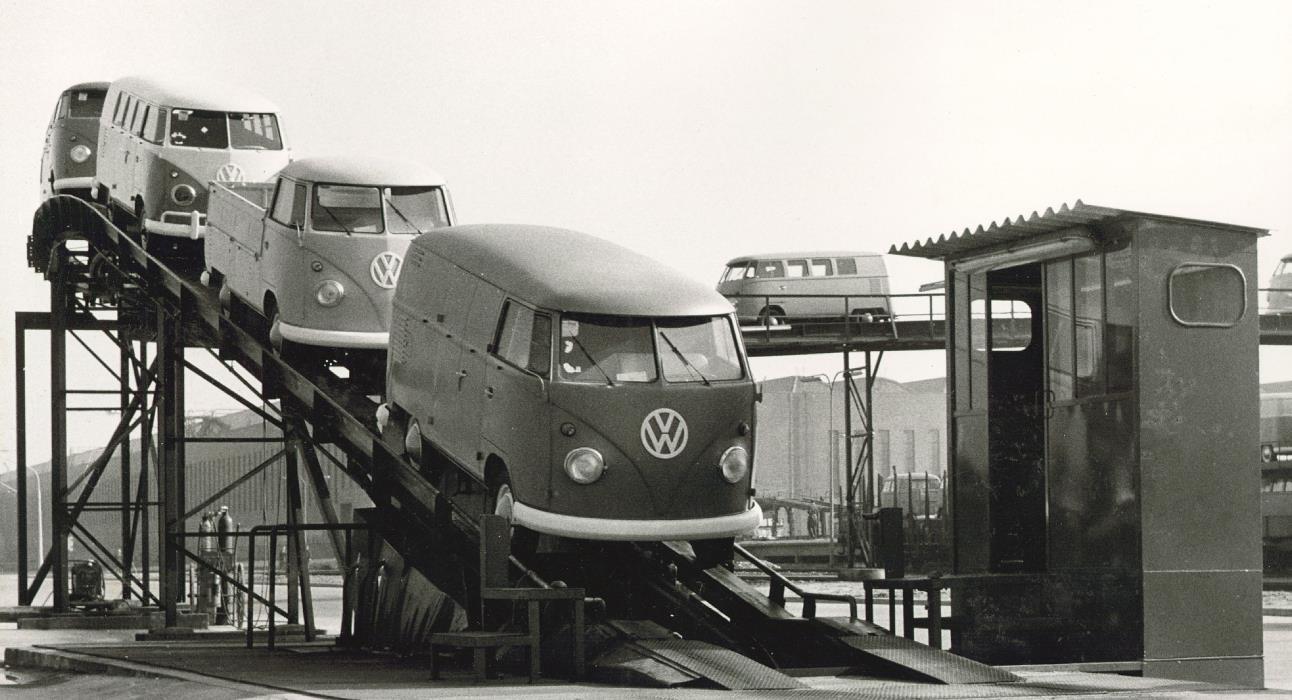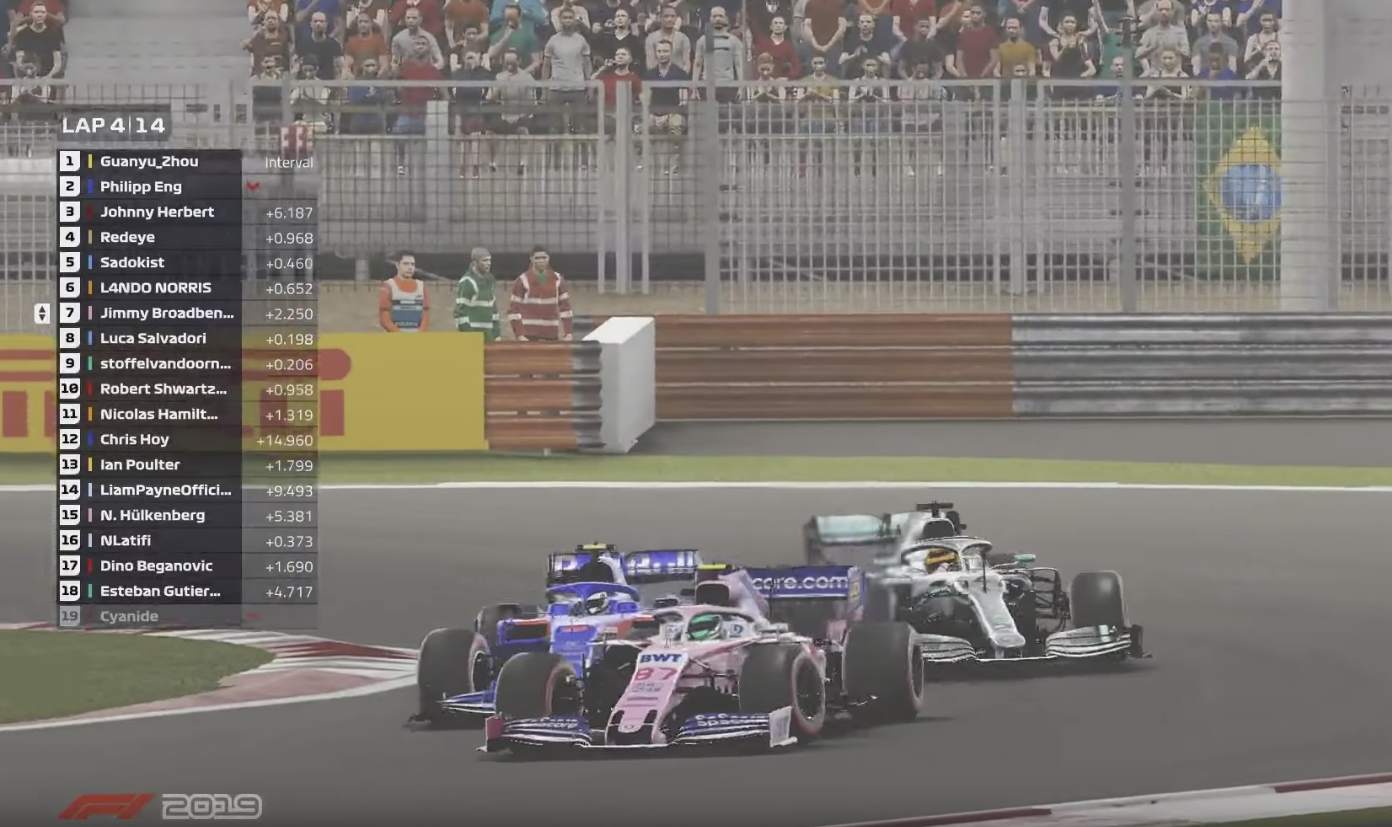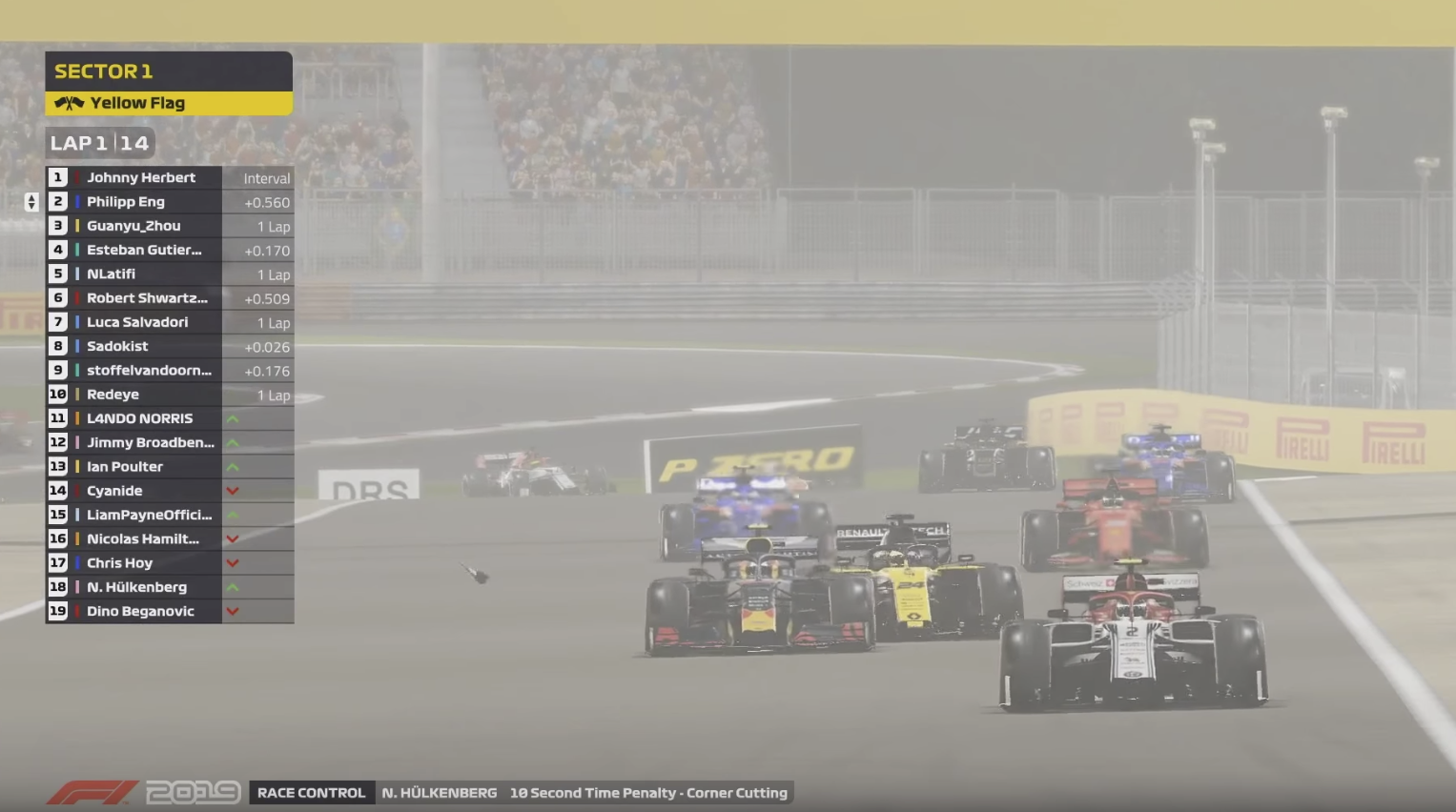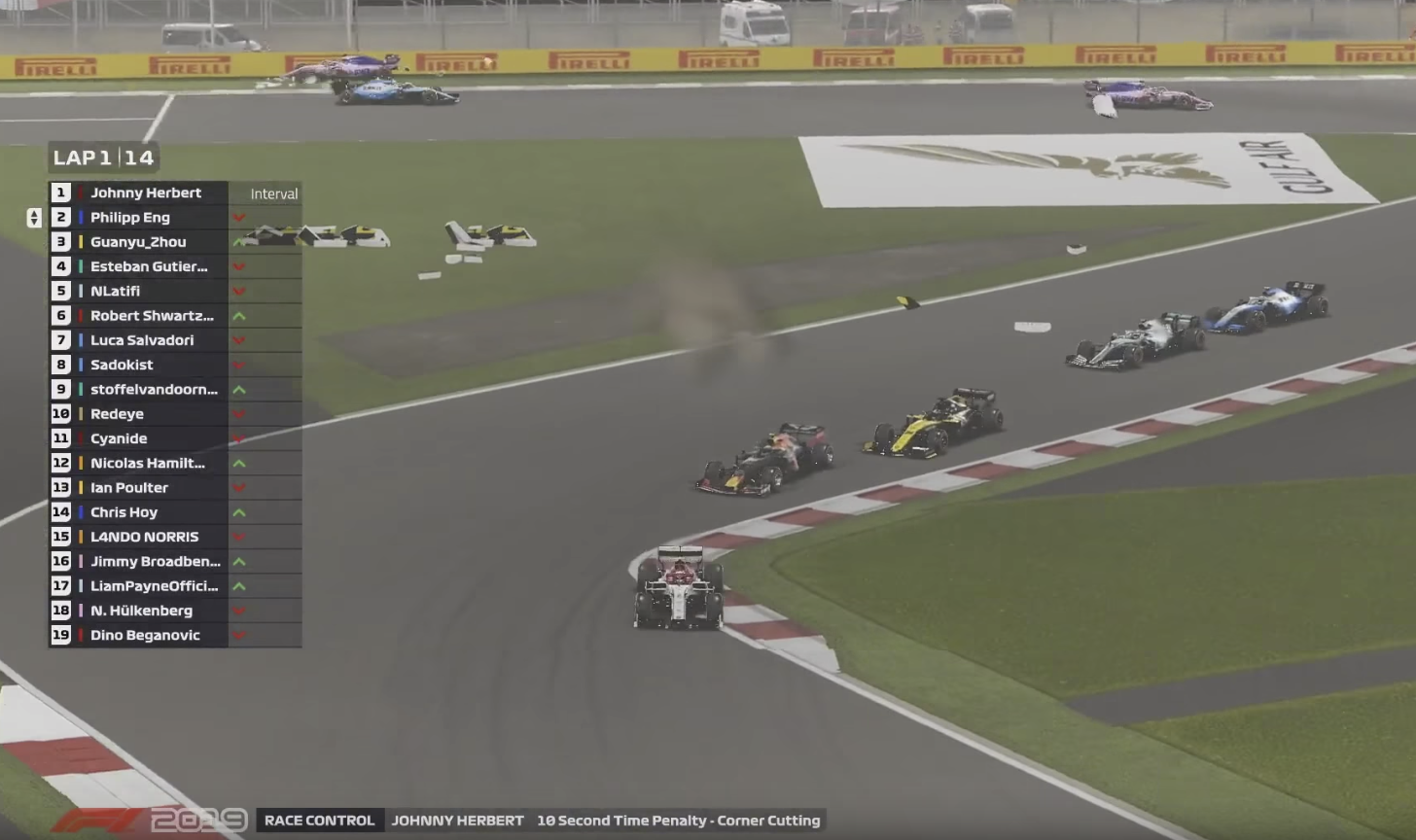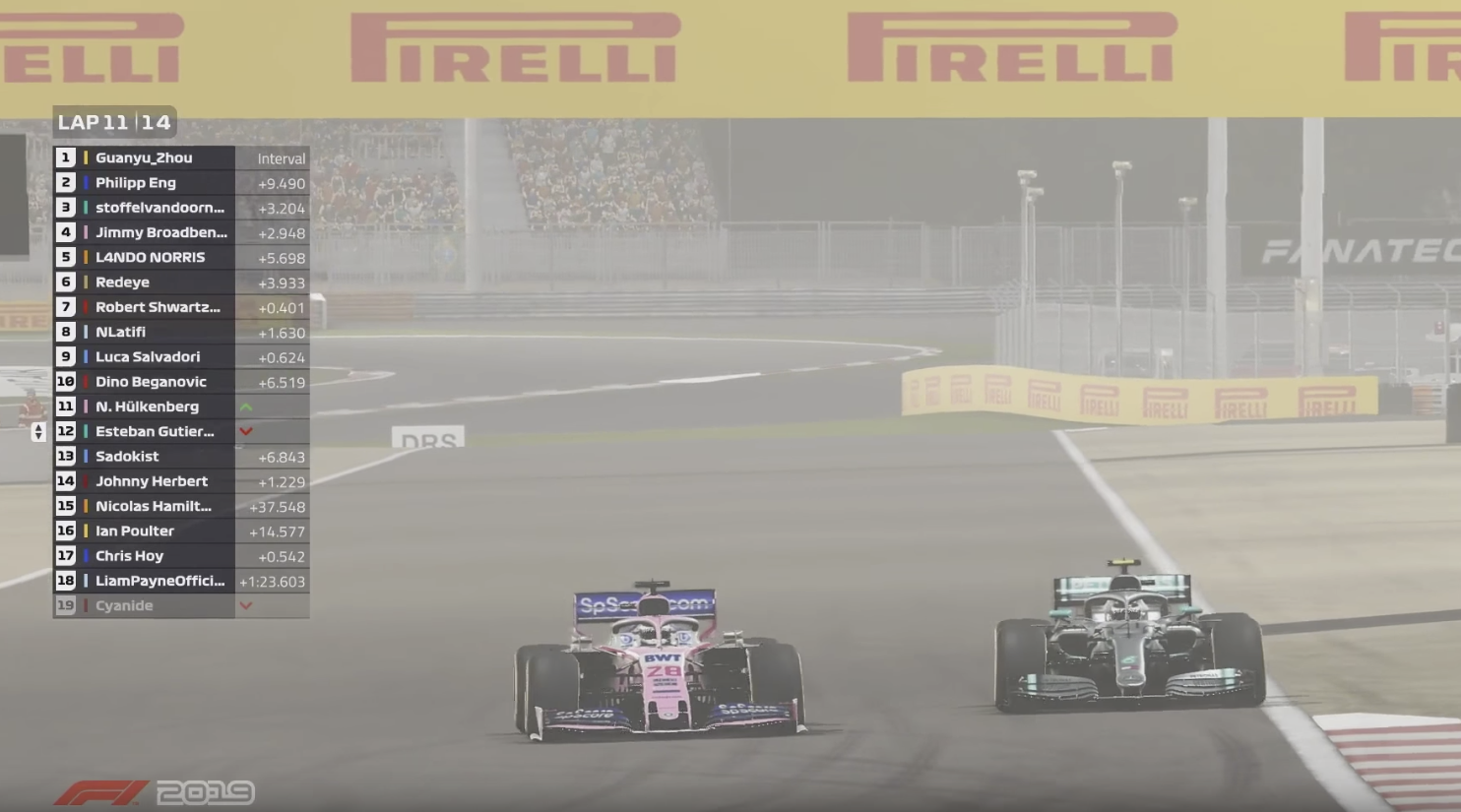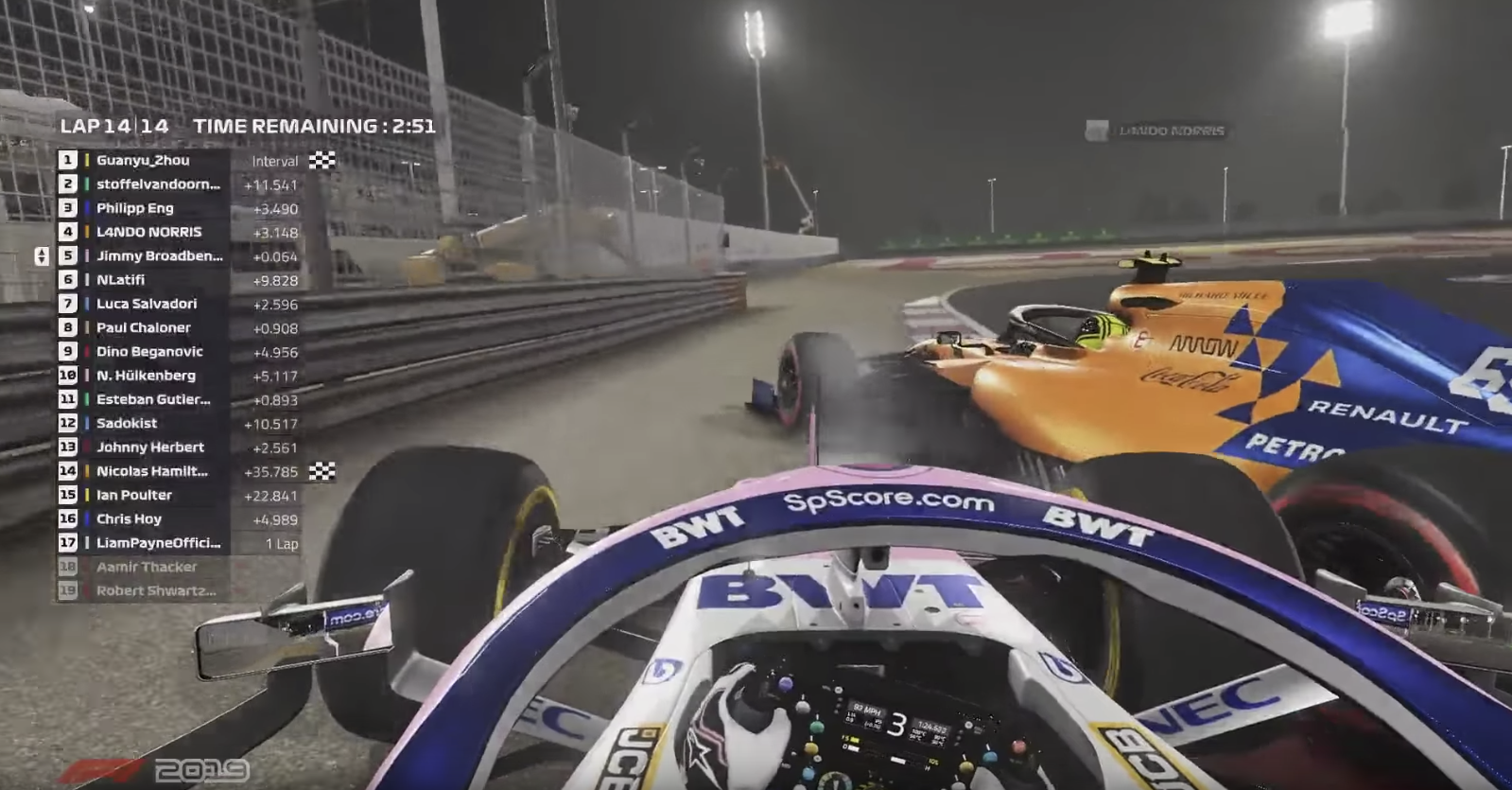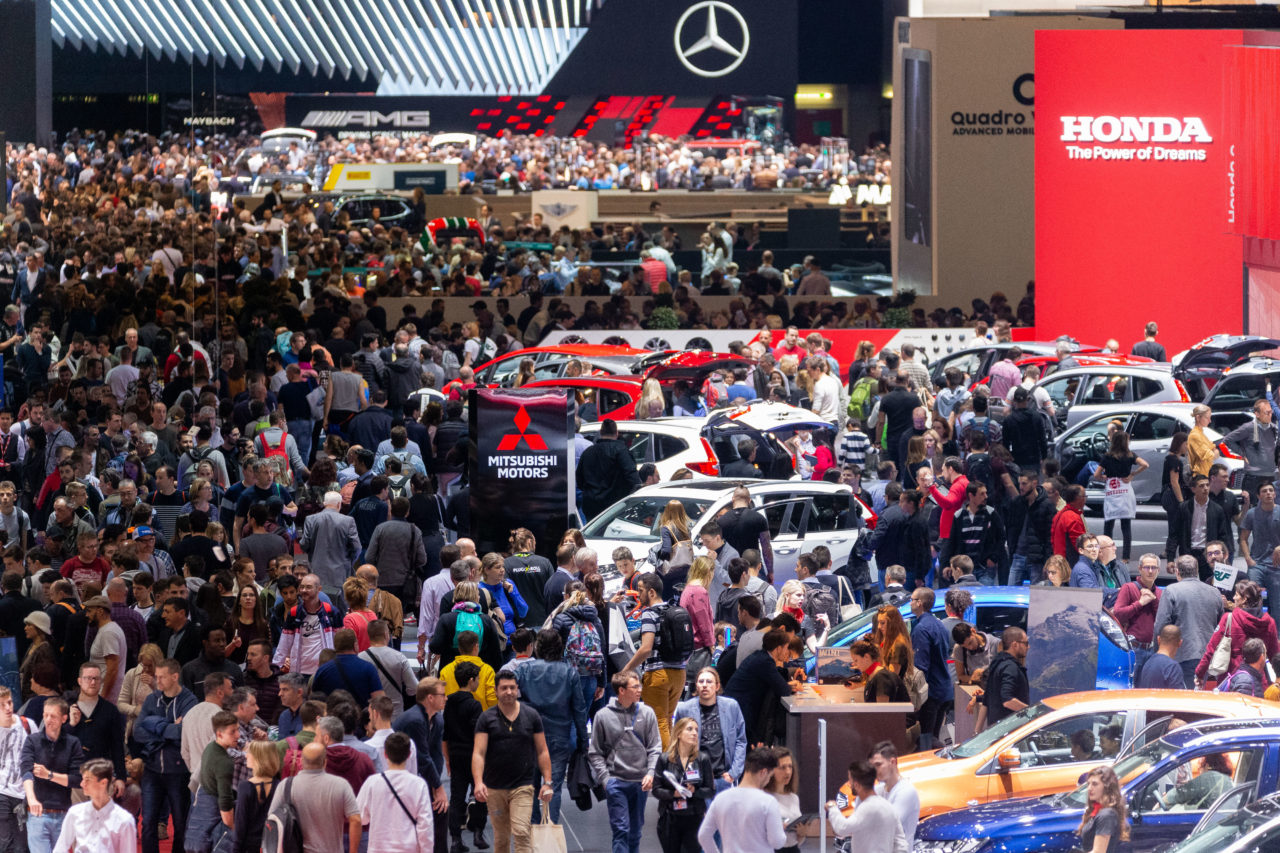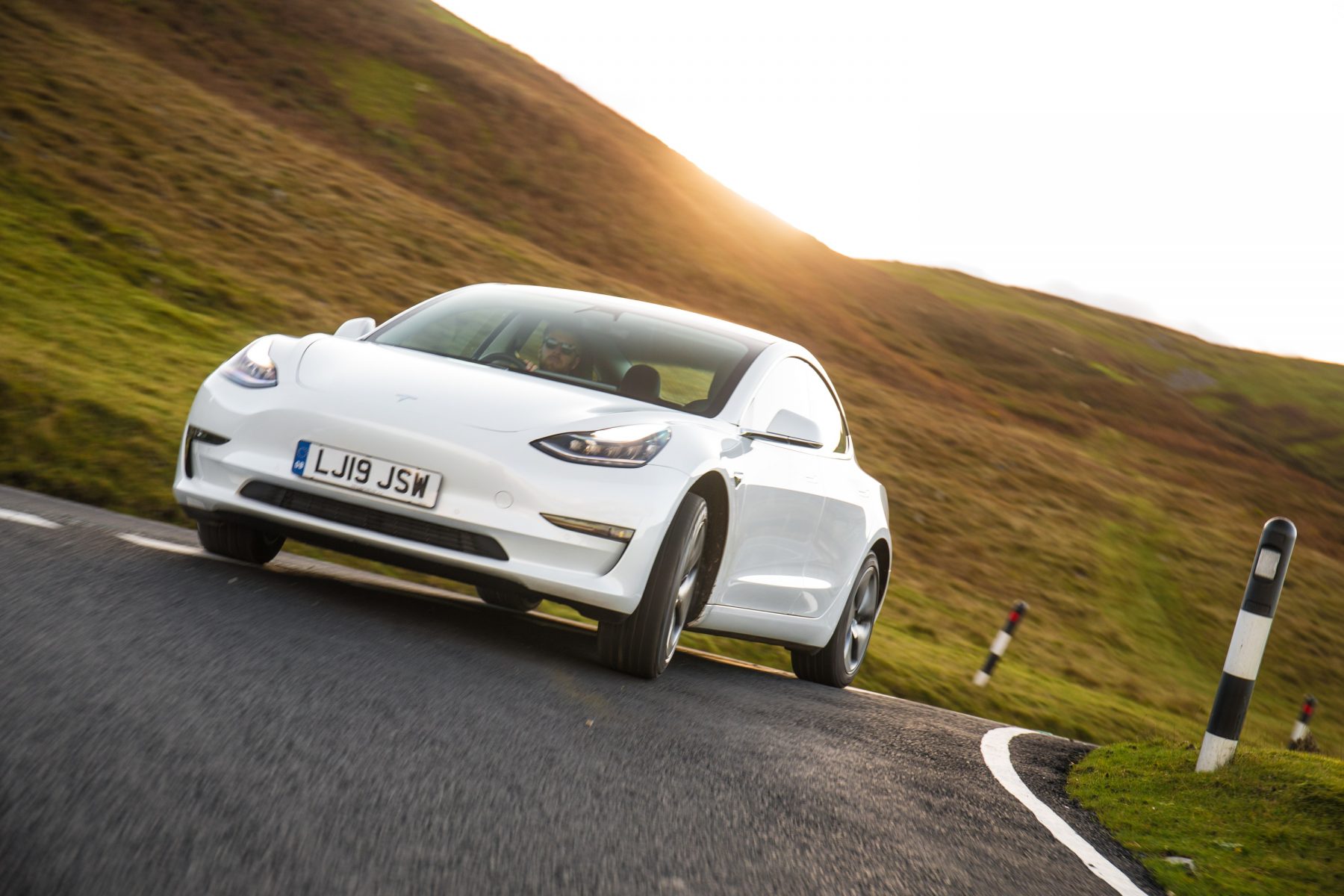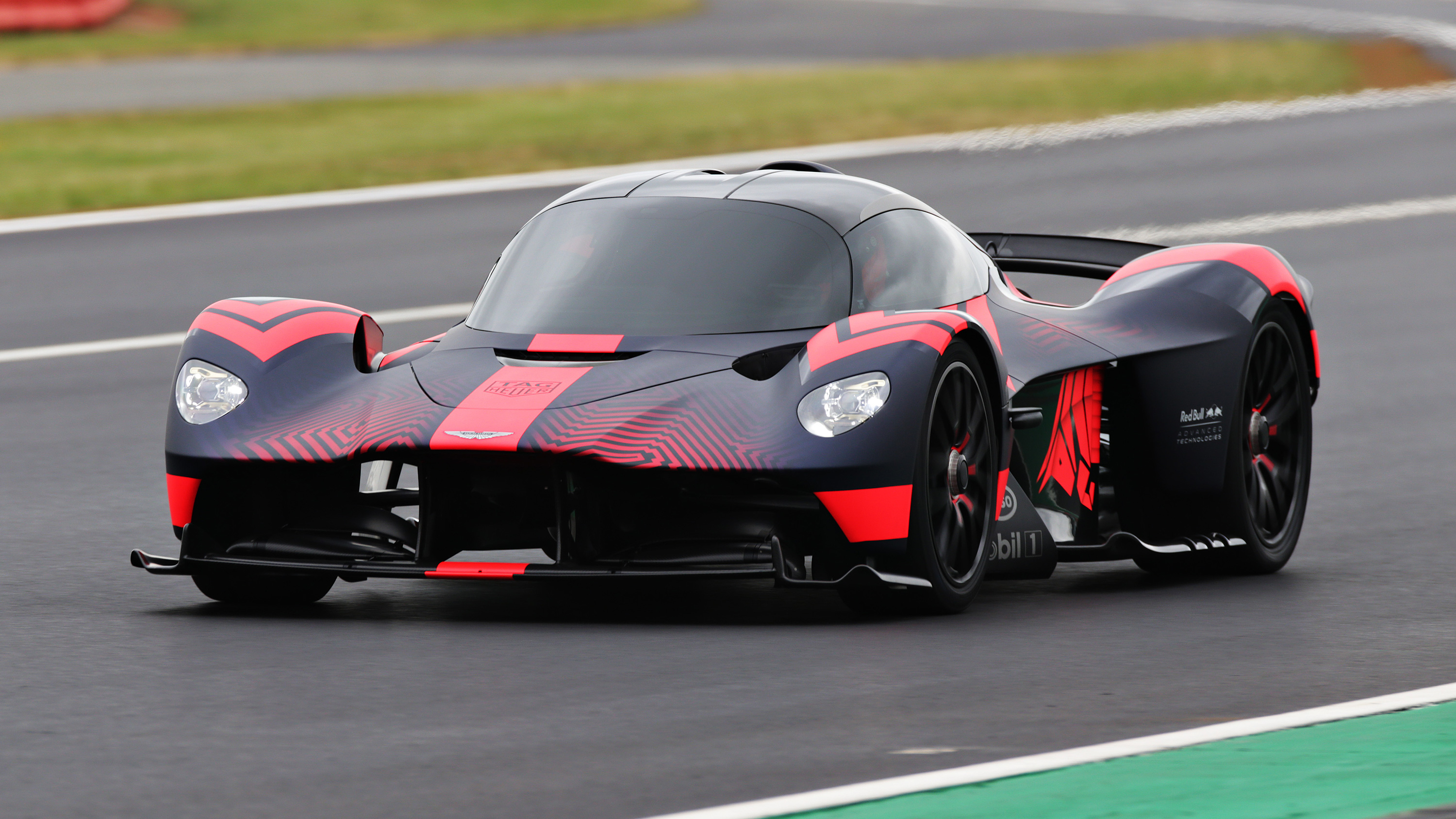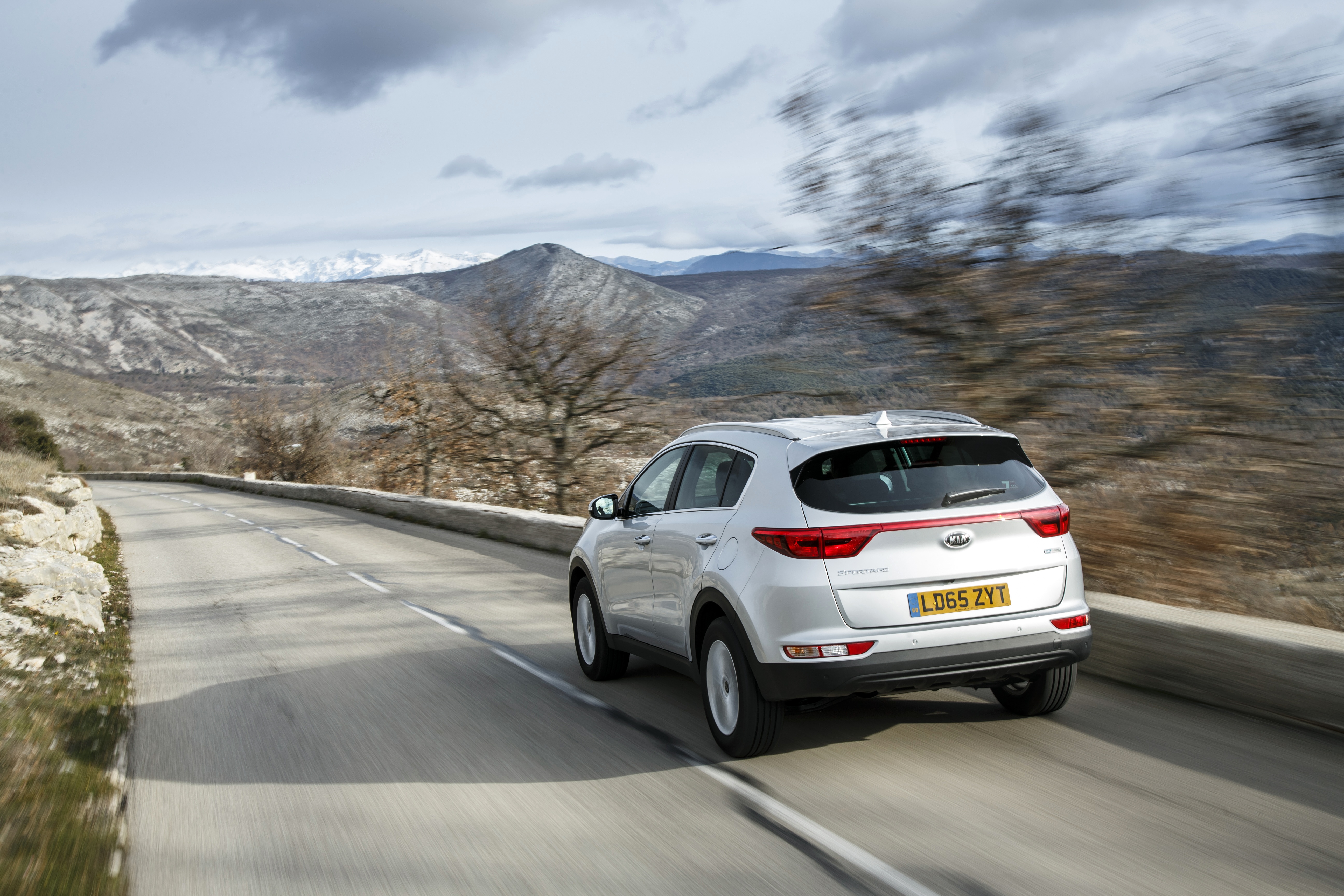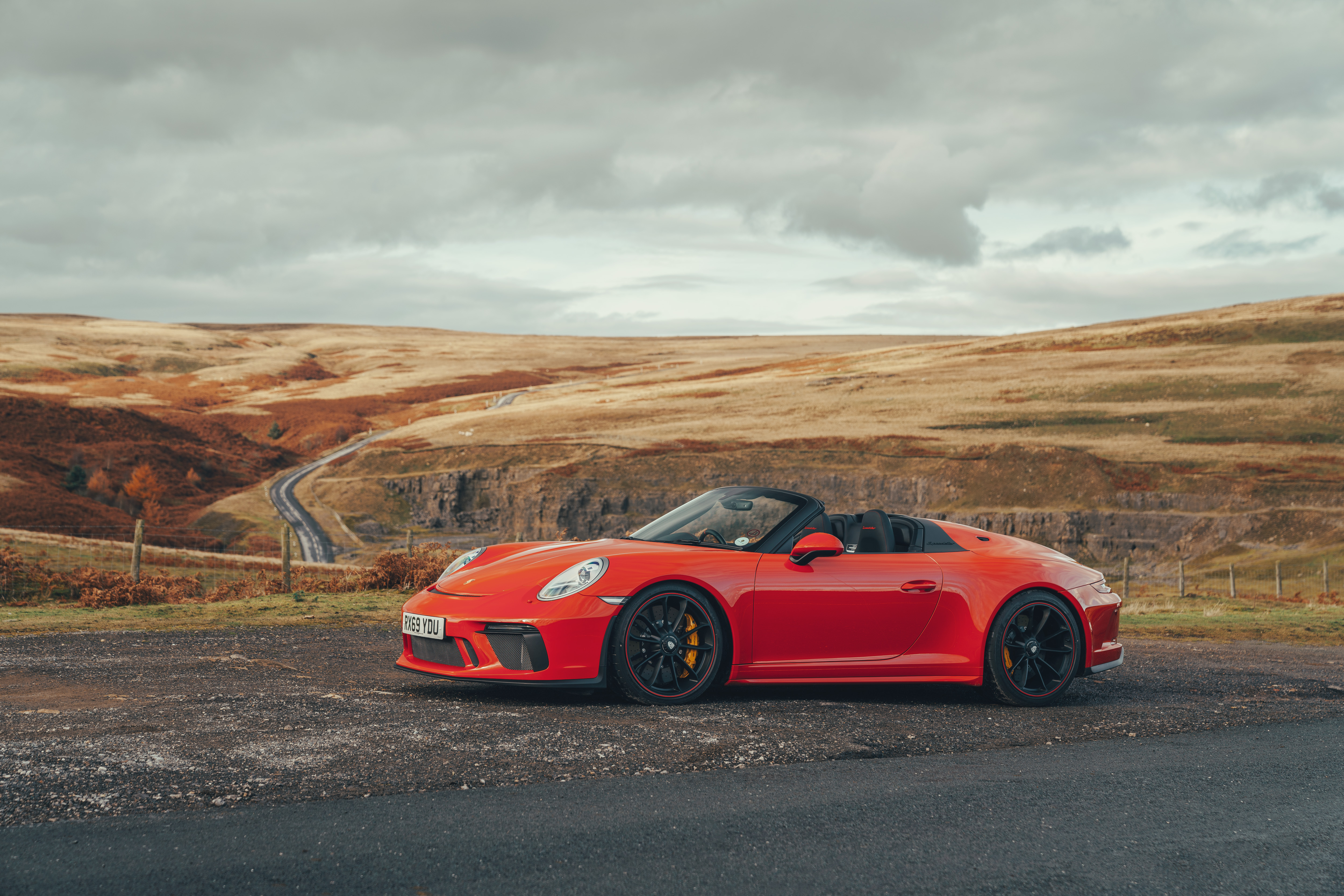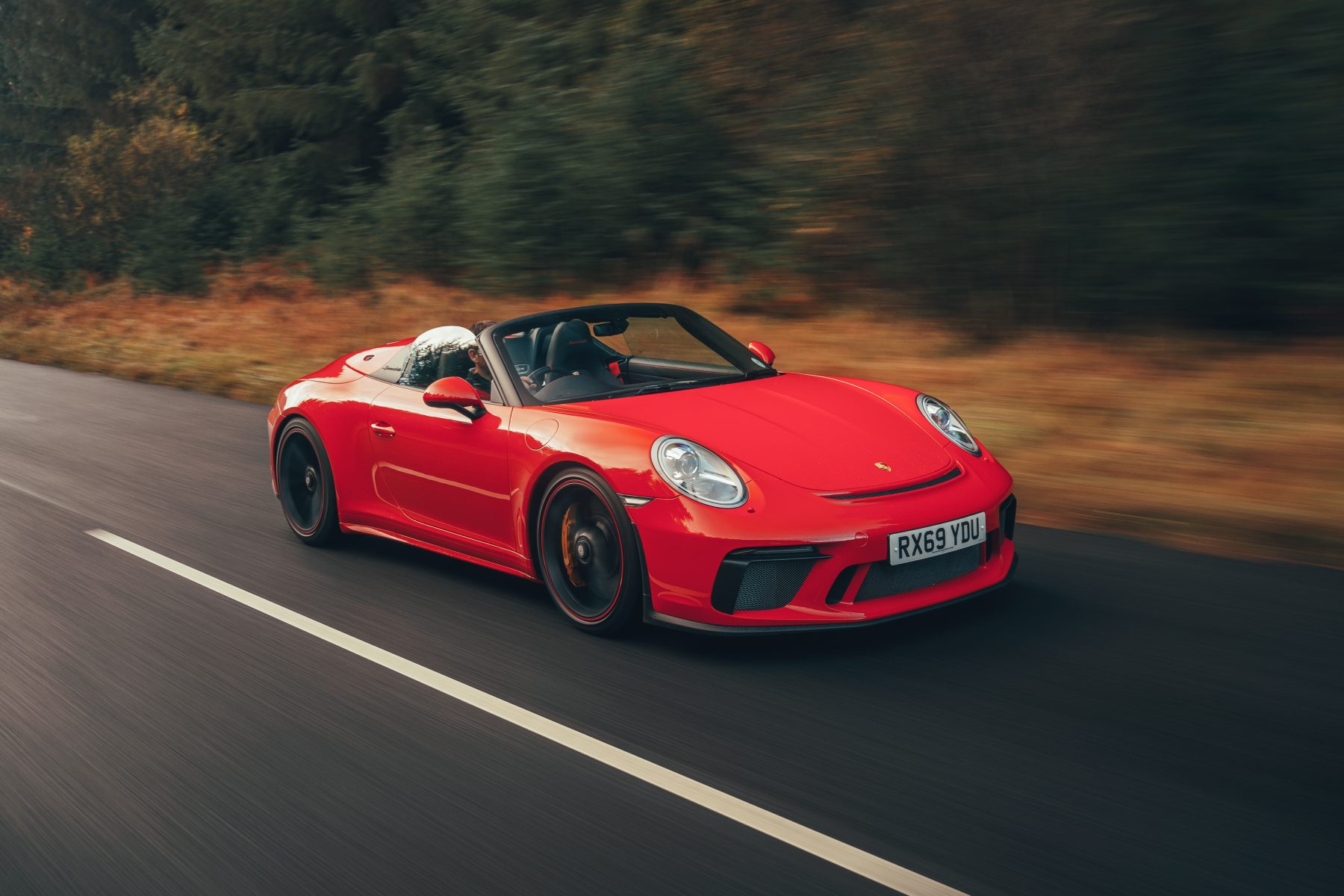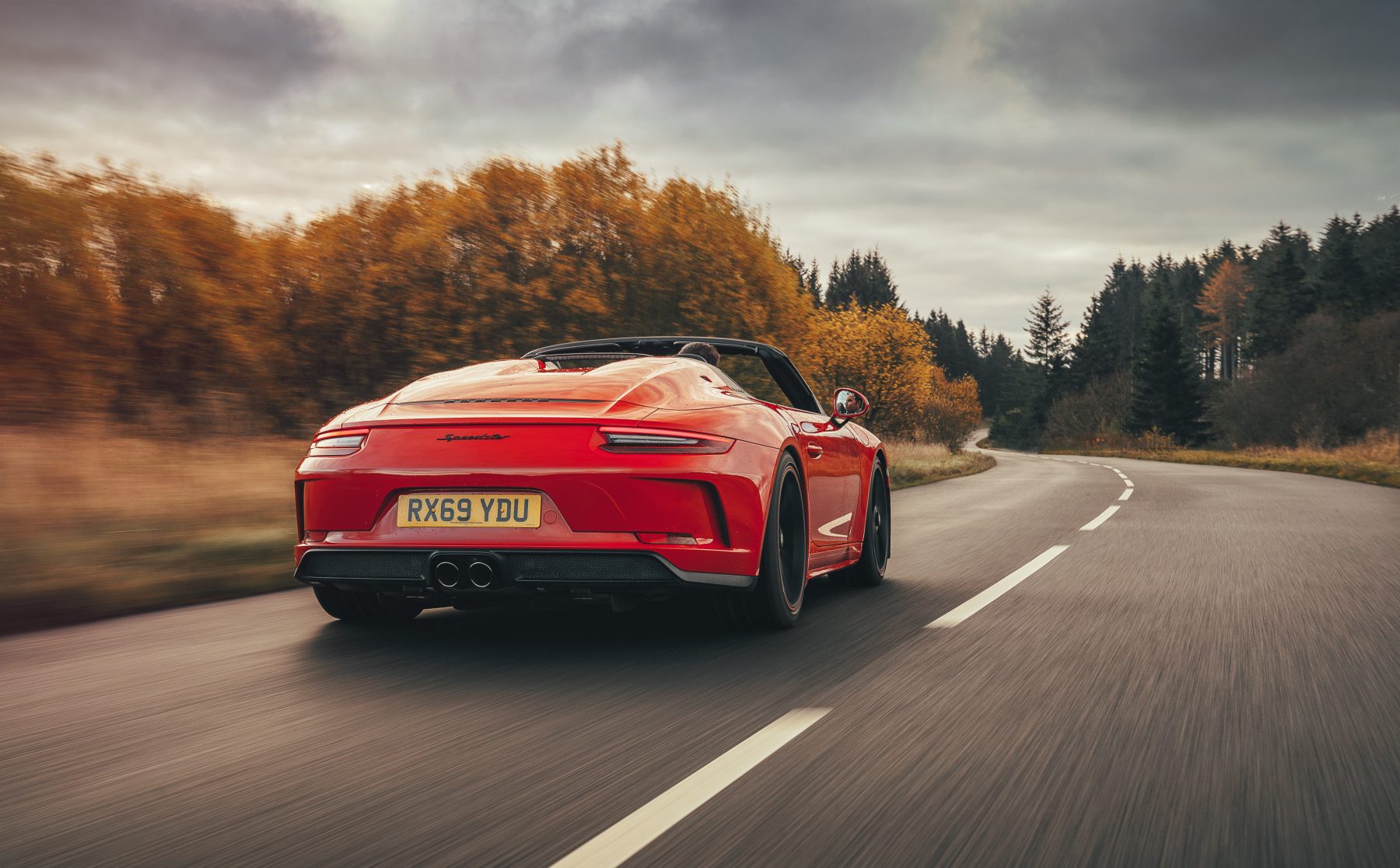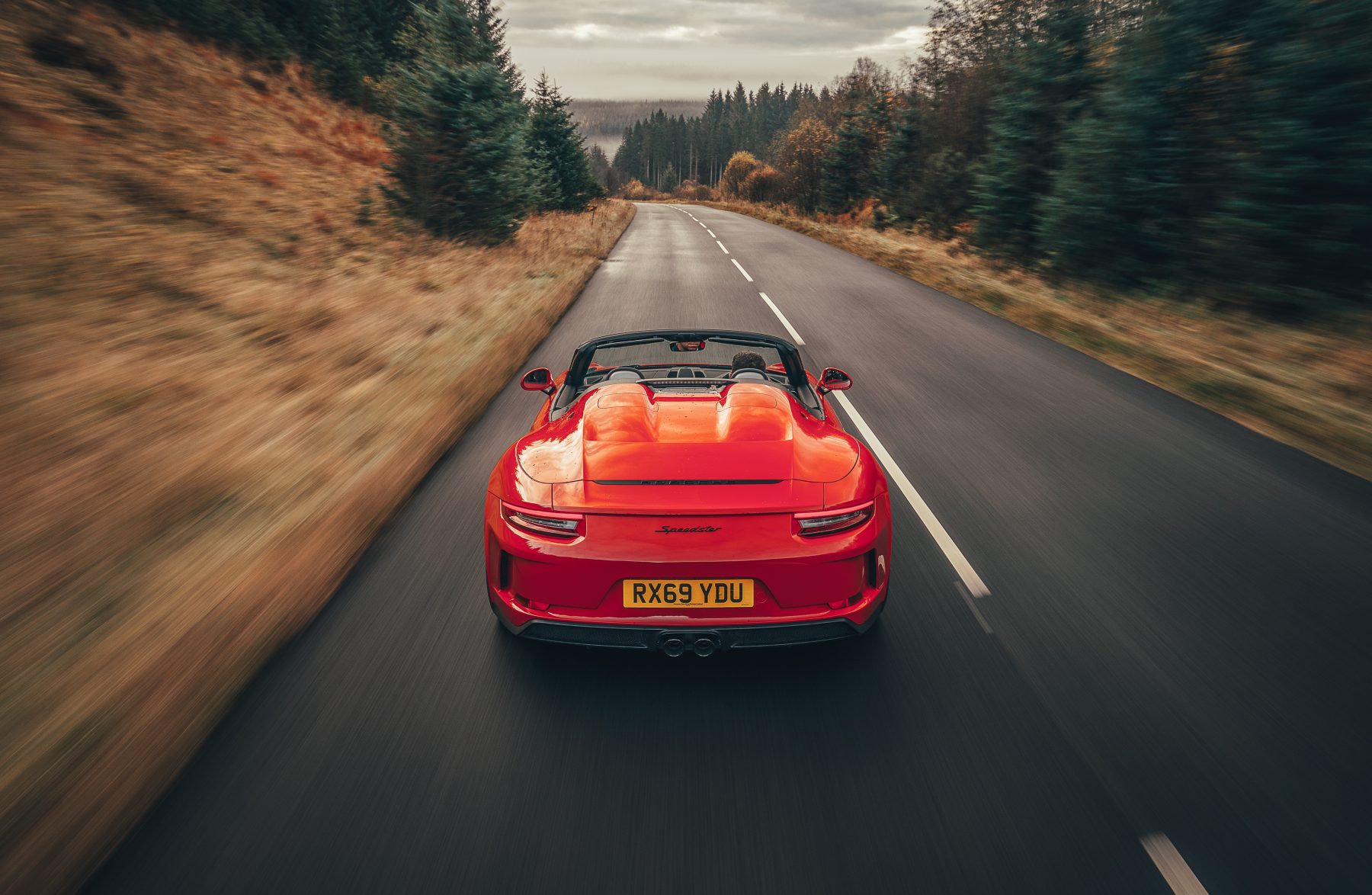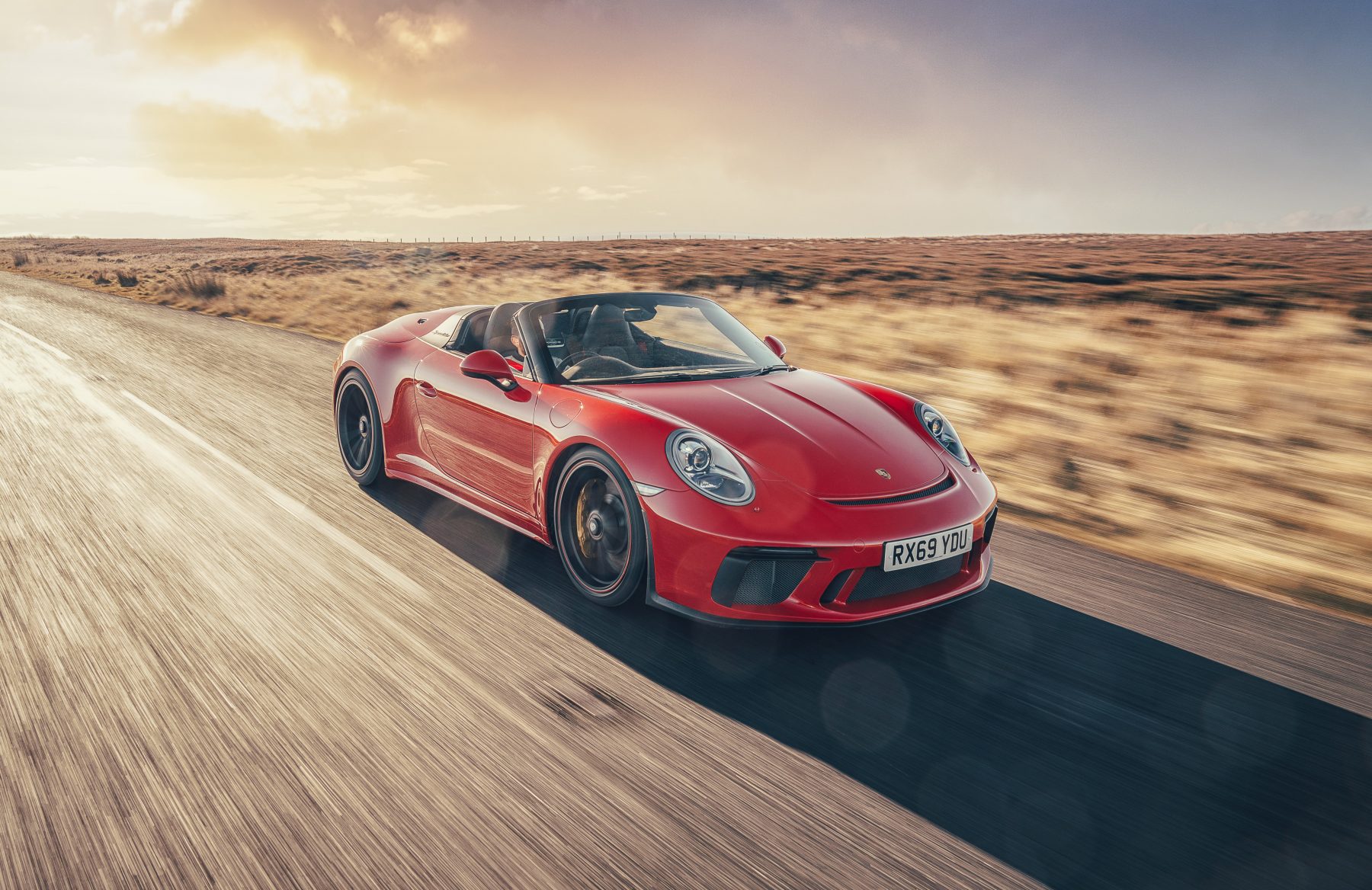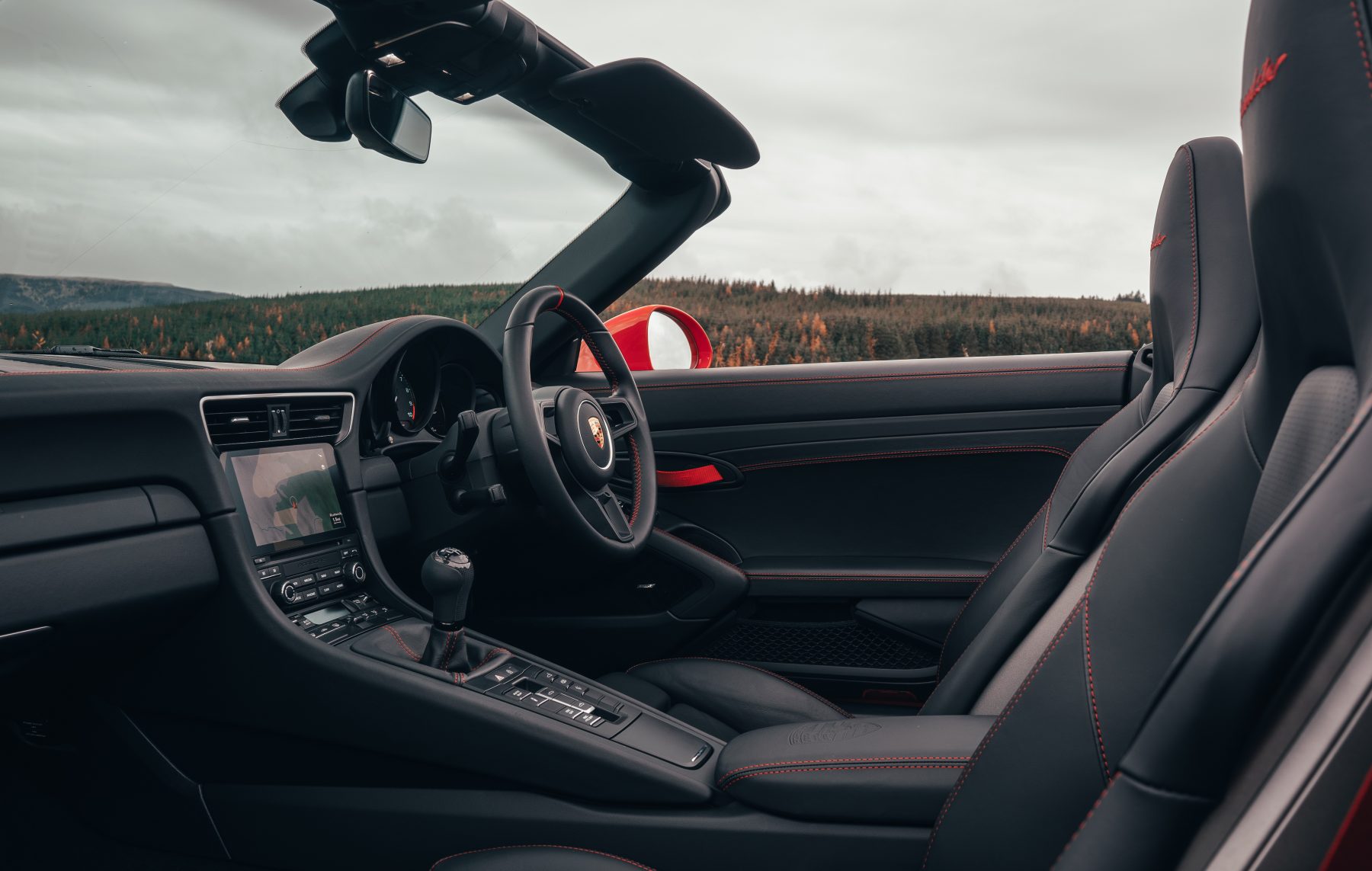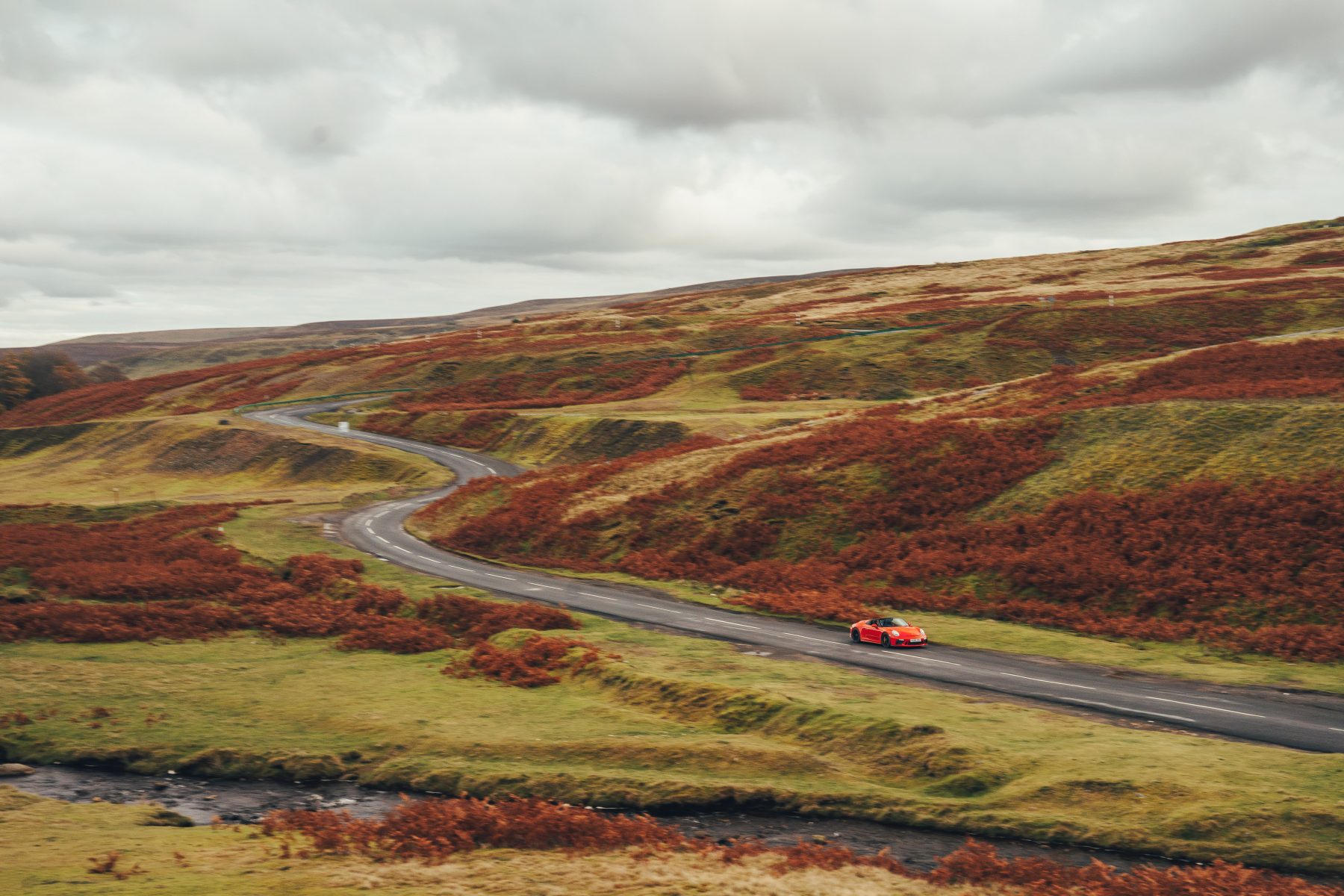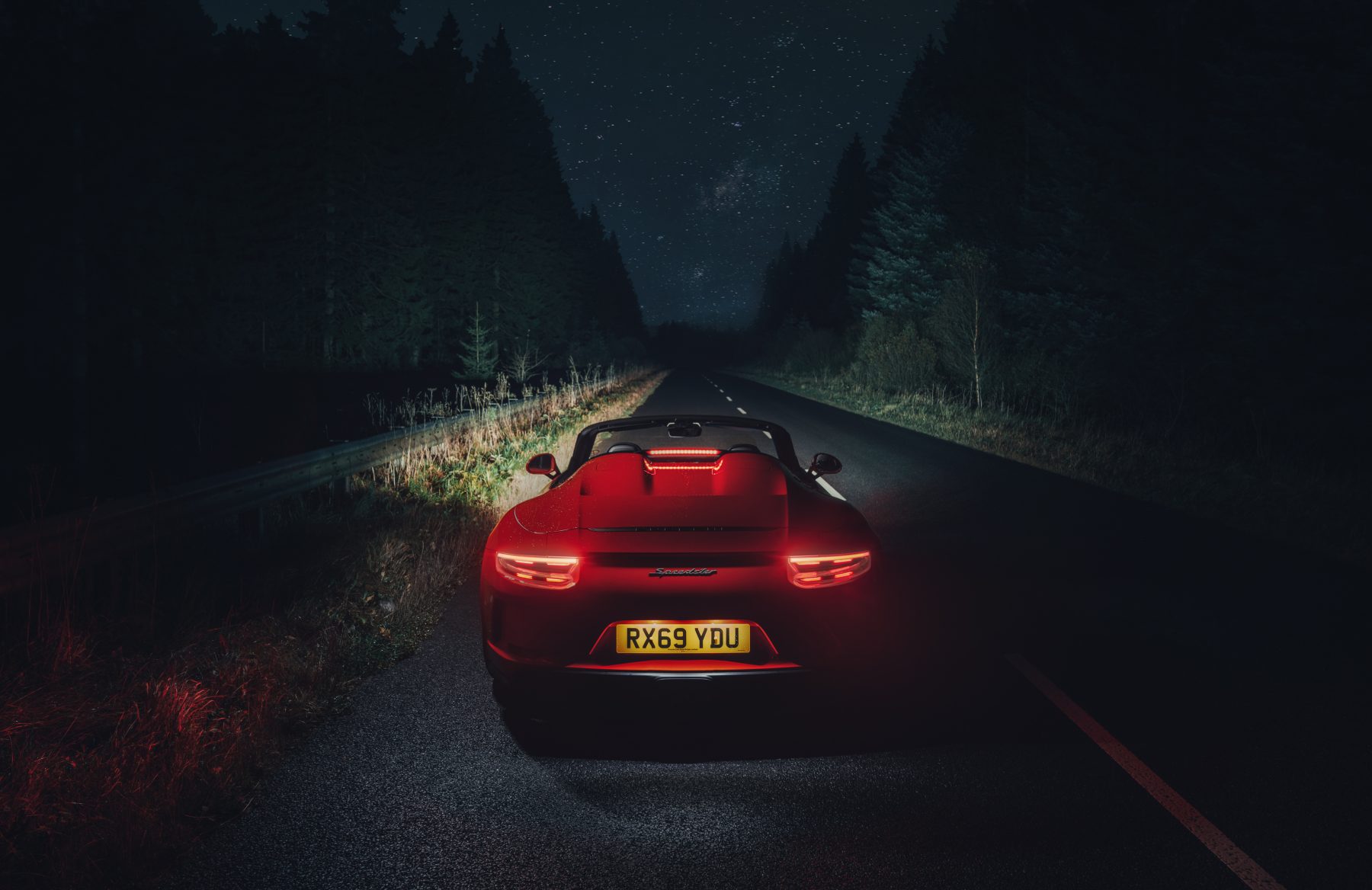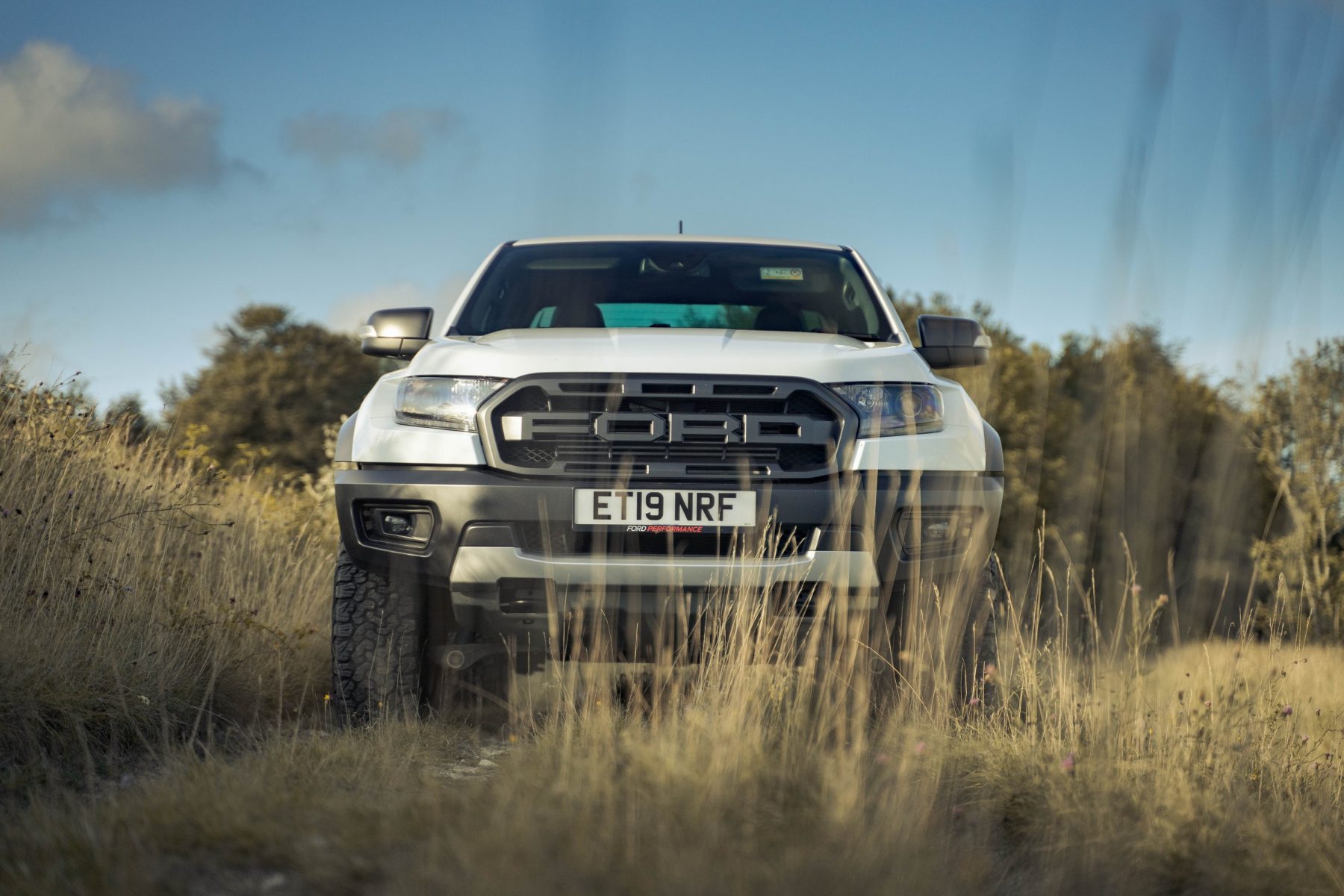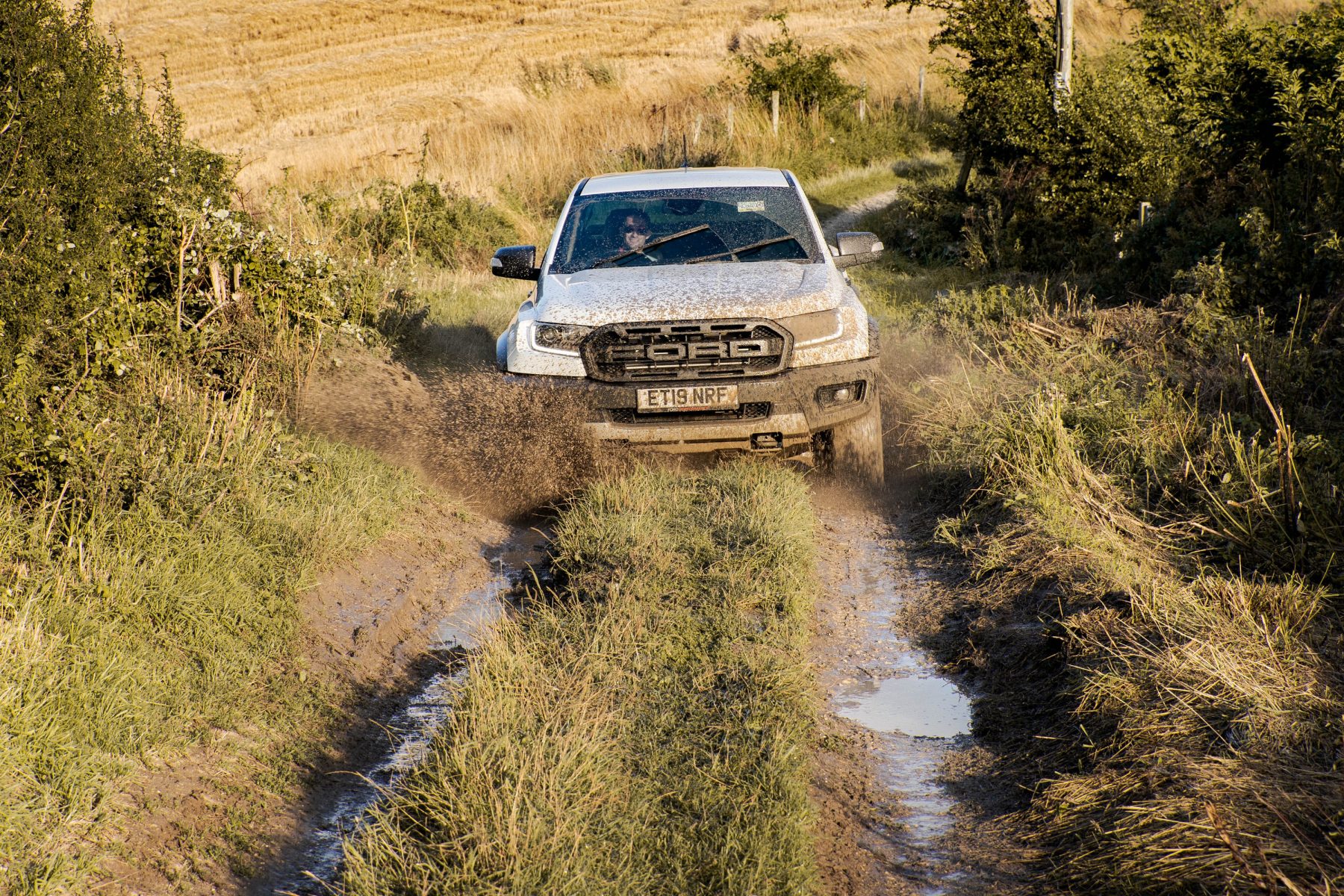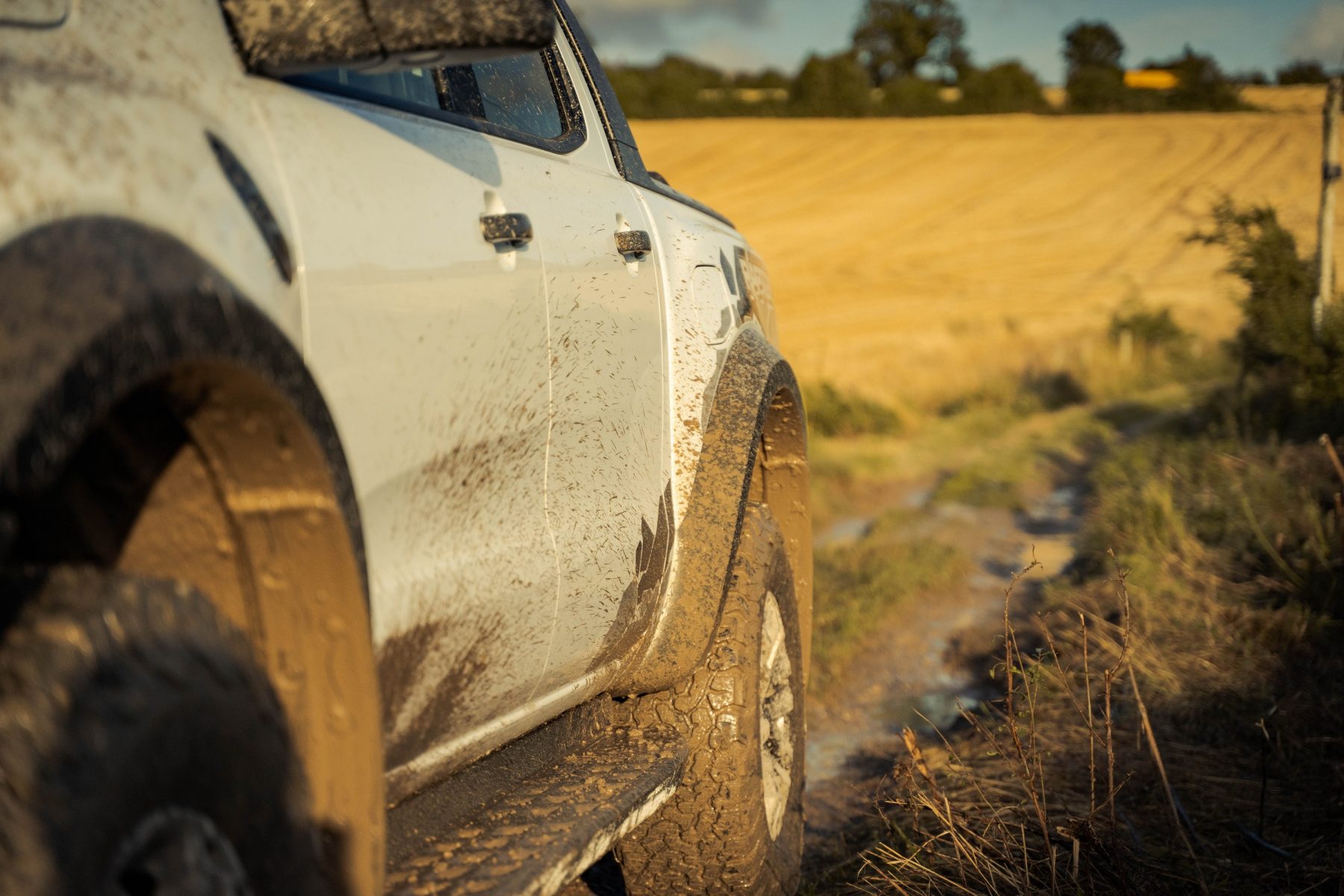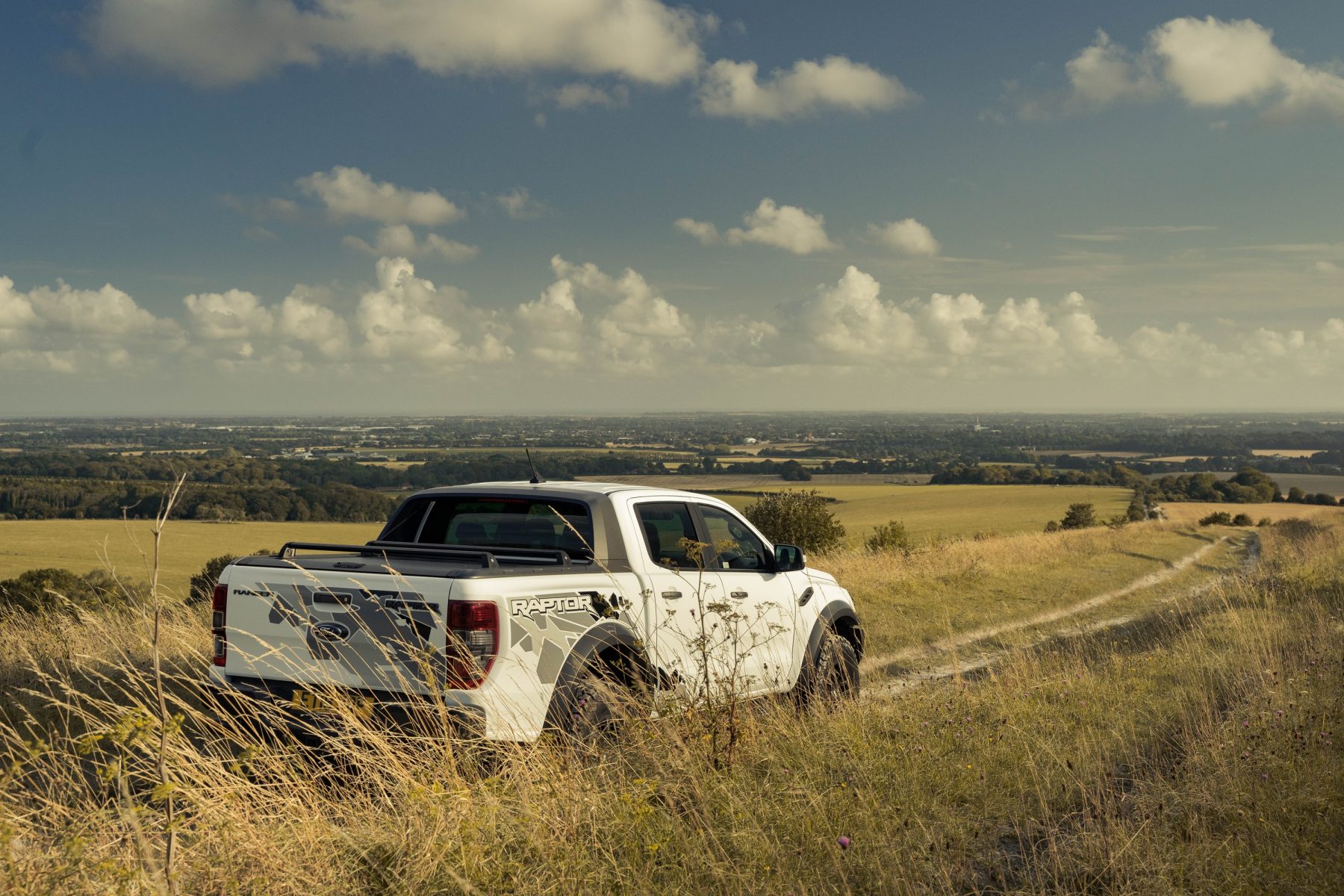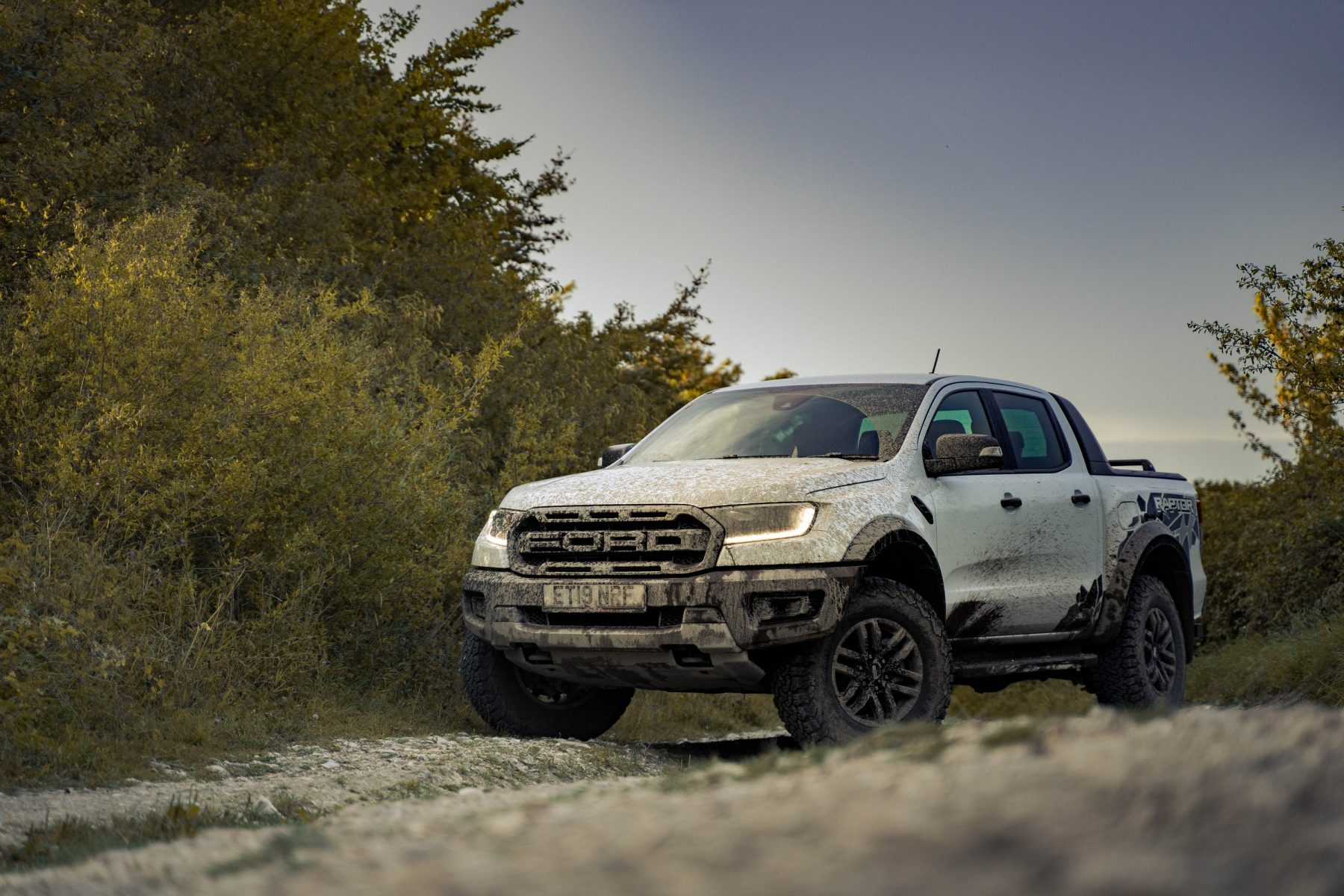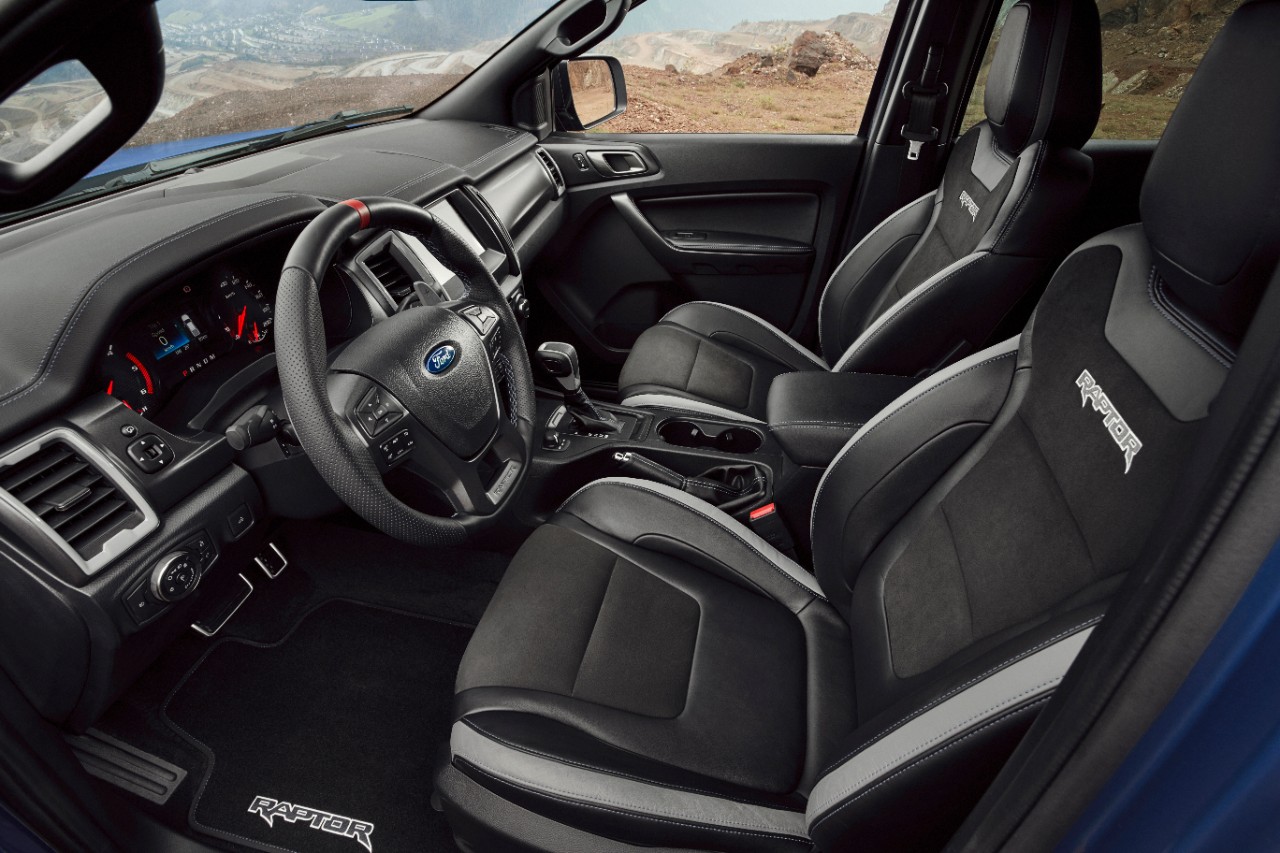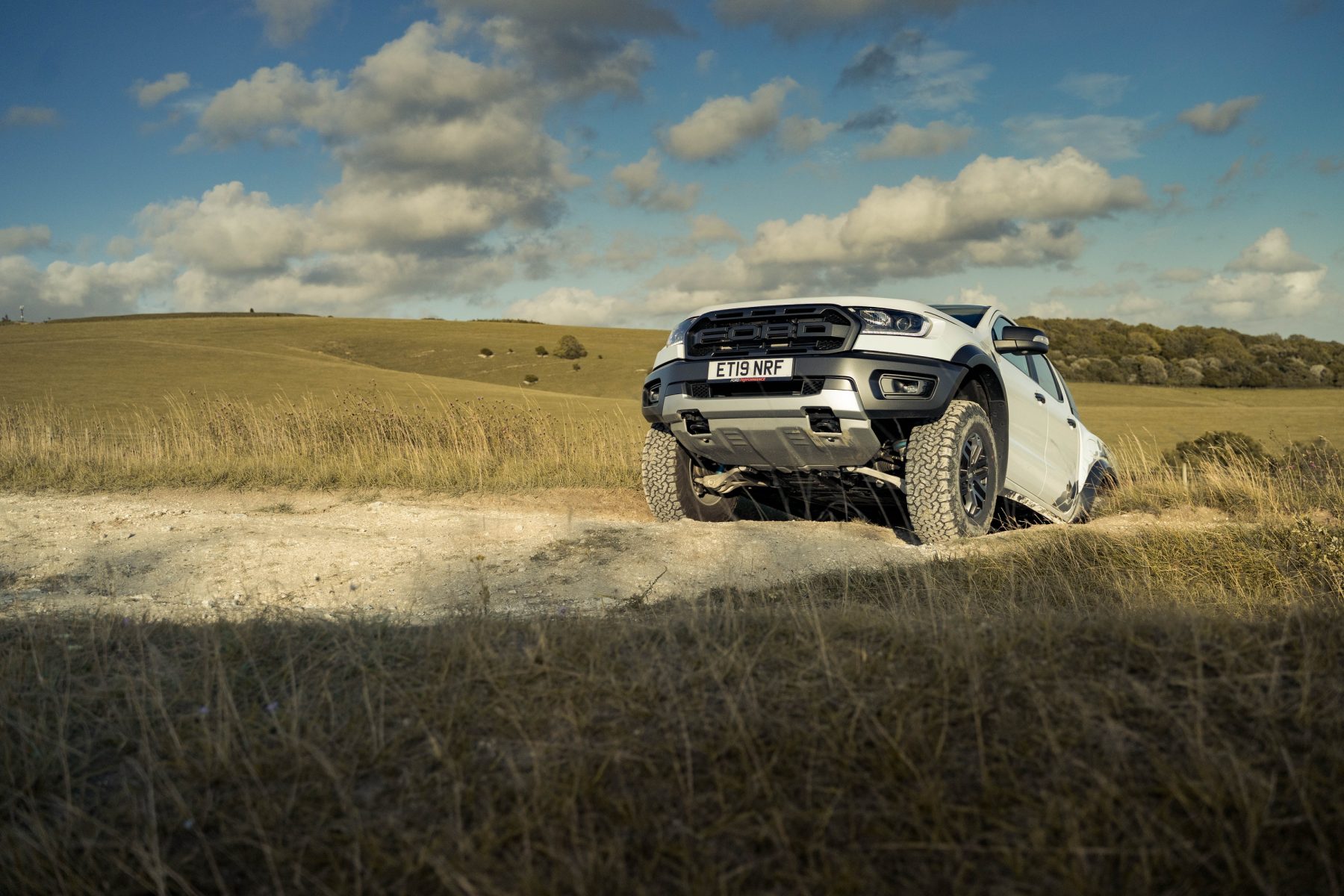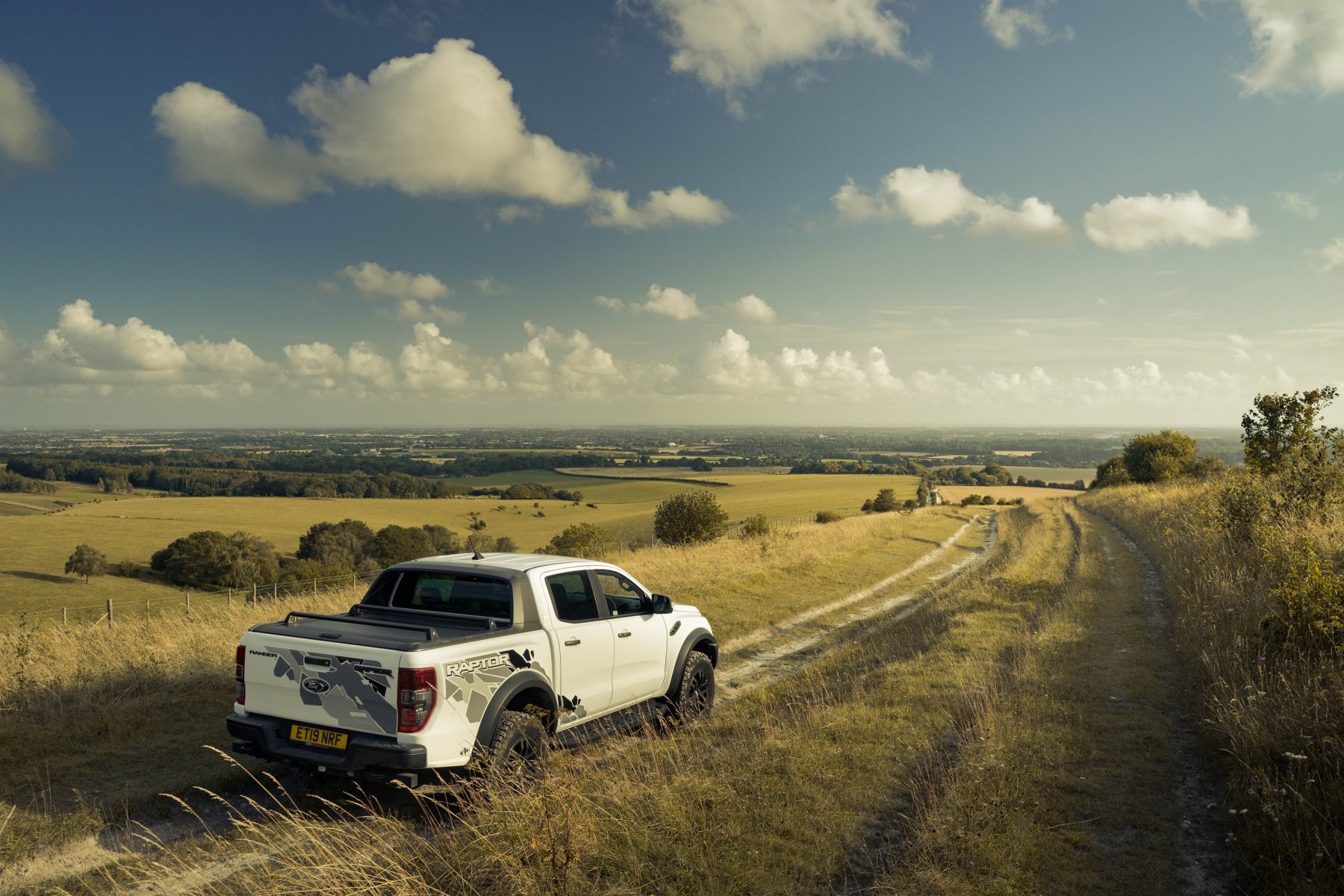The coronavirus pandemic has caused something of a sales crisis across many industries, and the latest figures from the UK show the automotive sector is one of the hardest hit.
Sales in March were down 44 per cent compared with the previous year, far worse than the impact of the 2008 financial crisis, because dealerships have shut down. Figures from France and Italy, which saw drops of 85 and 72 per cent respectively, indicate the misery is set to continue into April in the UK, with those countries going into lockdown before us.
However, despite the doom and gloom, there was some positivity to be found, with reasonably priced family cars continuing to do well. Here are the 10 best-selling cars from March.
Volkswagen Golf – 7,103
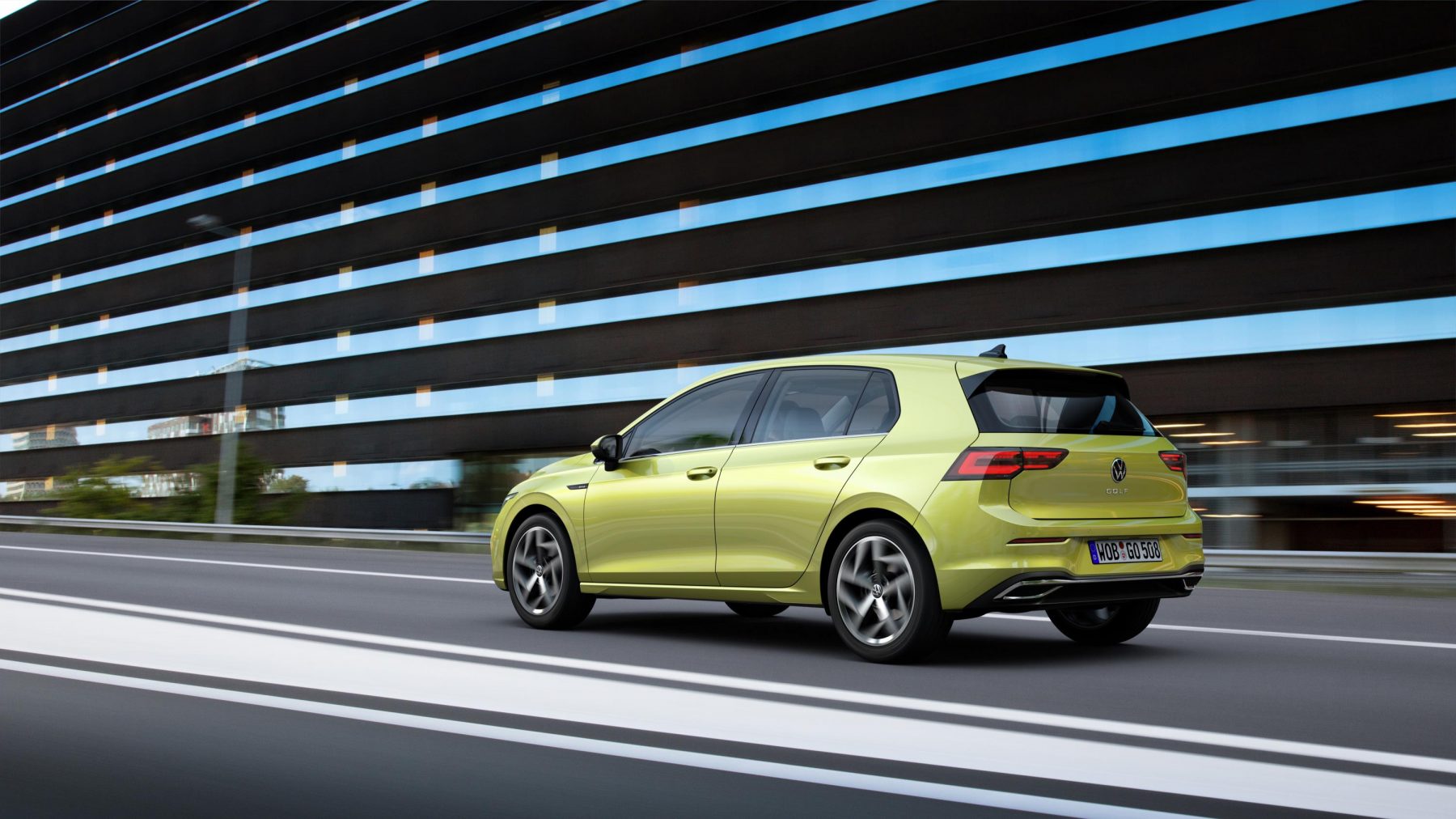
Volkswagen’s hugely popular hatchback continues to be the go-to car when a safe and secure purchase is needed. It’s being boosted by a new model having been released, which also sees old stock sold off with some great deals. It’s the second-best-selling car of the year, too.
Ford Fiesta – 6,687
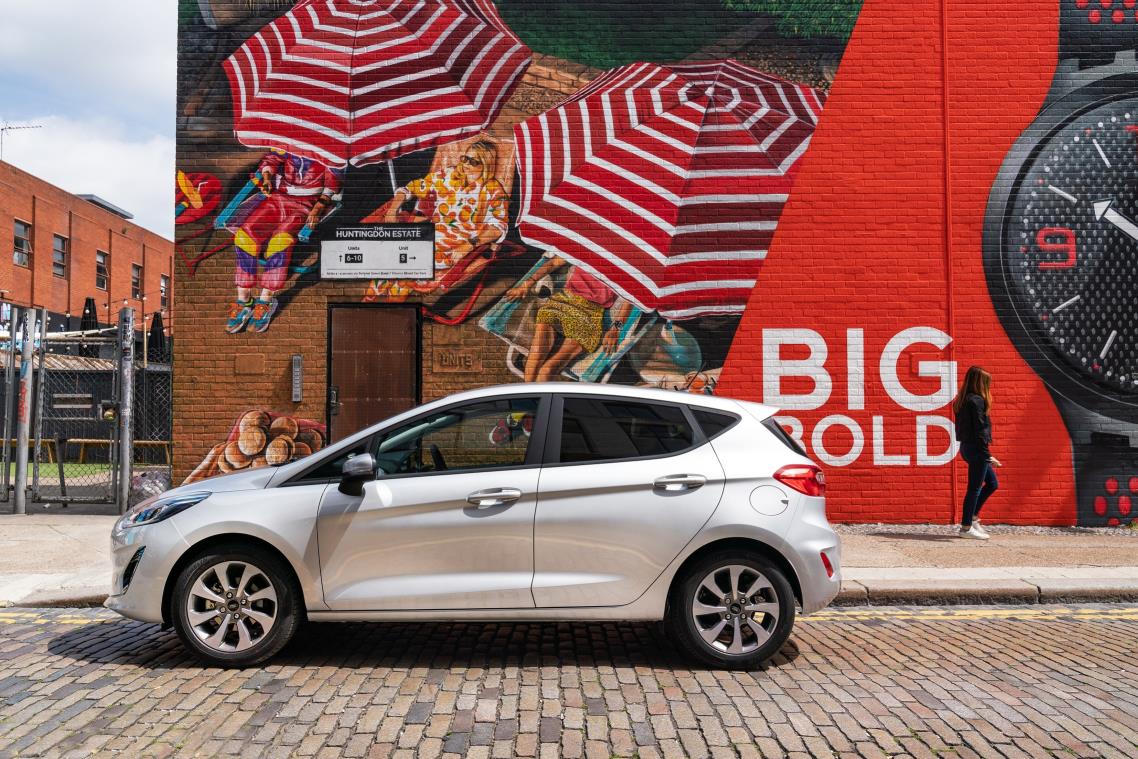
Ever-present in the UK’s best-selling lists, the Ford Fiesta is still at the sharp end of the sales charts. Its combination of affordability and best-in-class driving characteristics make it a no-brainer for buyers who want something small, economical, but still practical and well-made.
Mini – 6,019

Another British icon, Mini’s small hatchback saw itself rise up the rankings last month to take third after being seventh in the yearly rankings. Despite the financial restrictions many are facing, this premium city car is clearly still striking a chord with buyers, bolstered perhaps by its excellent reputation.
Ford Focus – 5,985
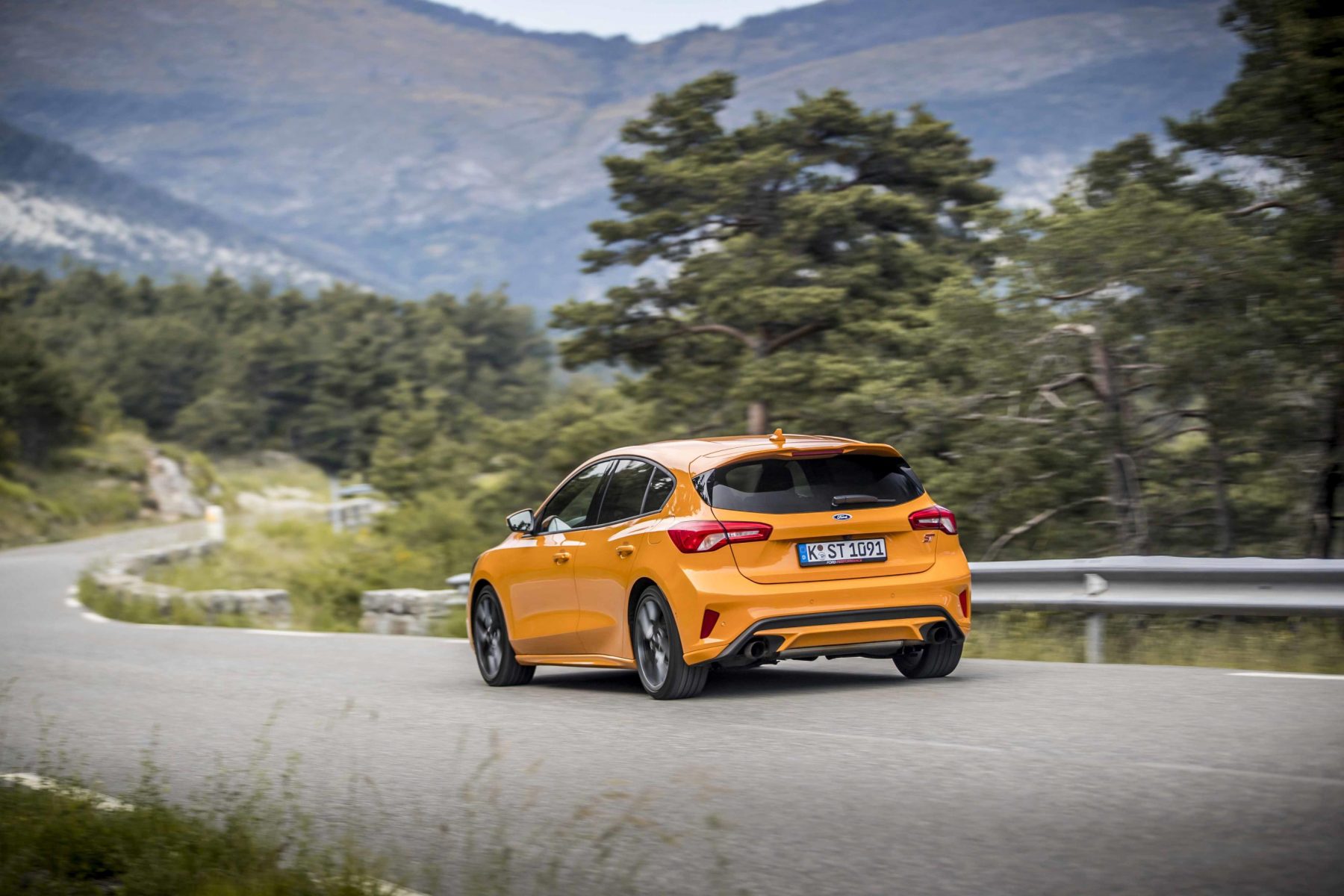
One of the most popular family cars the UK has ever seen, the Focus retains its spot in the best sellers list. Like the Fiesta, the fact buyers can trust that it will be well made and economical to run while costing less than many less-established rivals makes it mighty appealing.
Nissan Qashqai – 5,907
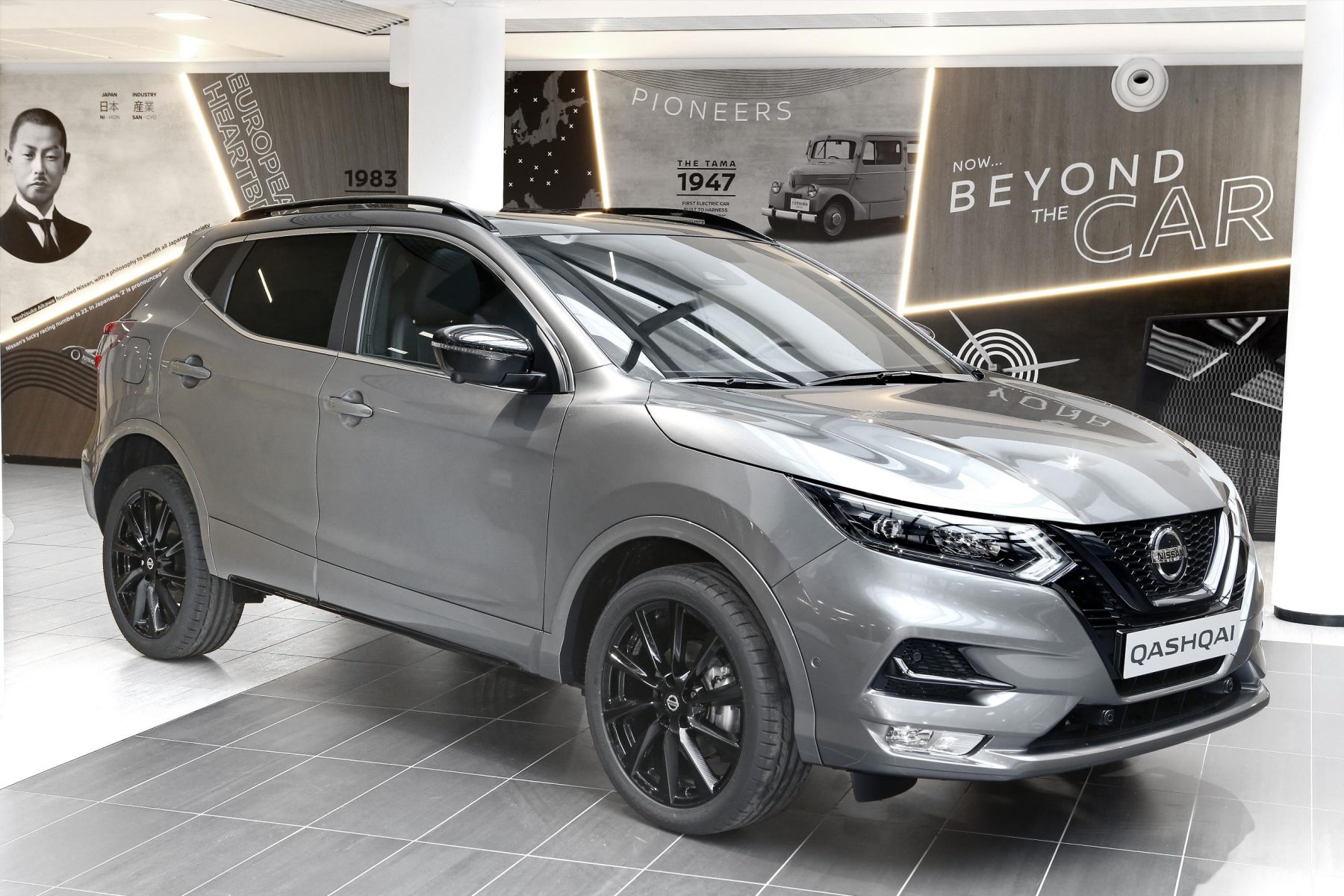
The car that’s often credited with kick-starting the crossover boom, the Qashqai finds itself filling out the top five. The latest model comes with Nissan’s vast suite of safety systems and driver aids that are usually reserved for more expensive rivals, making it feel like great value for money for safety-conscious families.
Vauxhall Corsa – 5,820
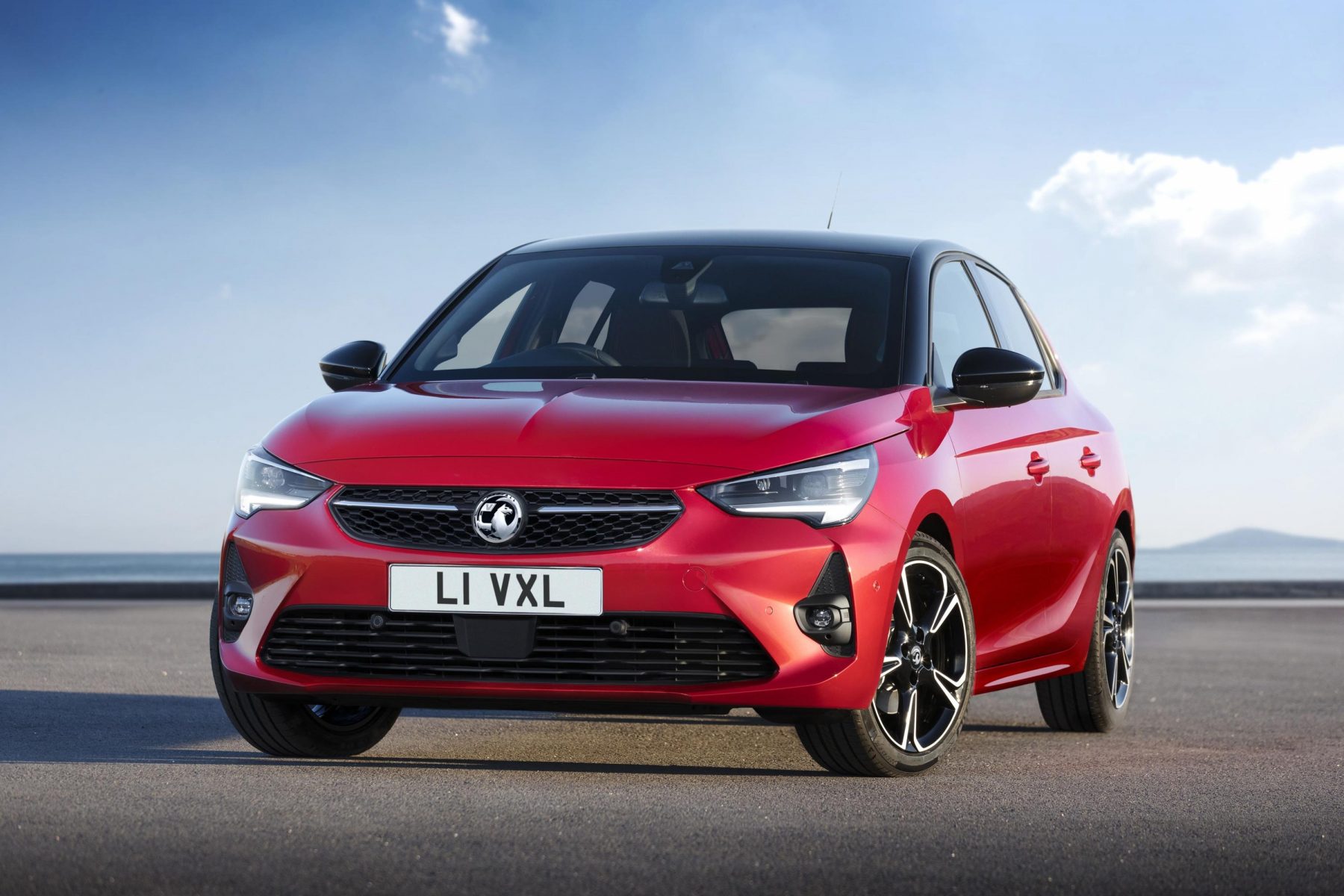
While used examples are often associated with rowdy youths, the recently introduced new Corsa is a far more grown-up affair. Benefiting from Vauxhall’s new Groupe PSA ownership, it looks smart, has plenty of on-board technology, and it’s even available with an all-electric version for zero-emissions motoring.
Mercedes-Benz A-Class – 5,351
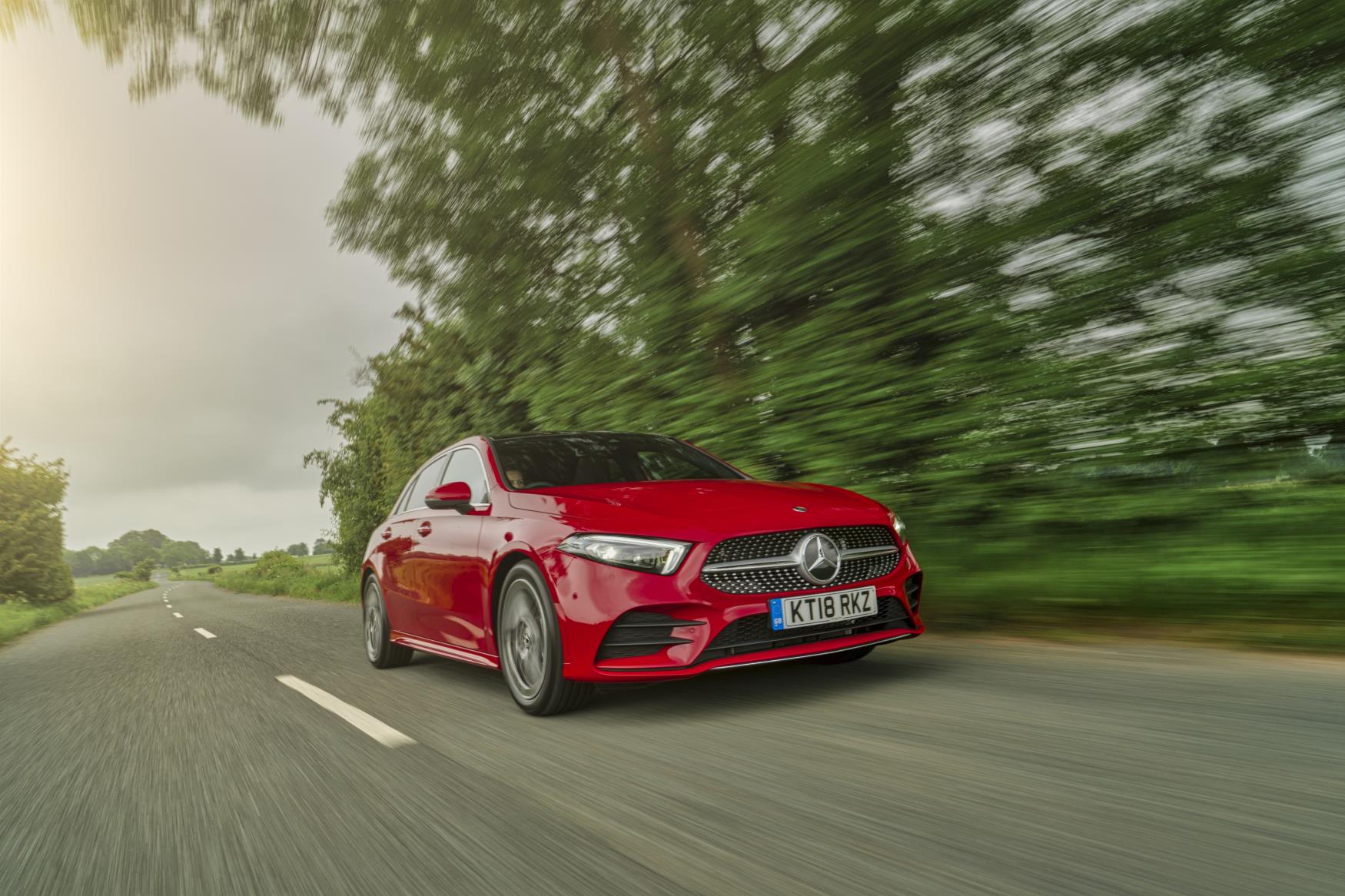
Much like the Mini, the A-Class represents a more affordable entry to premium brand ownership. The latest model has moved the game on considerably, featuring one of the most impressive and tech-heavy interiors in the segment.
Kia Sportage – 4,988
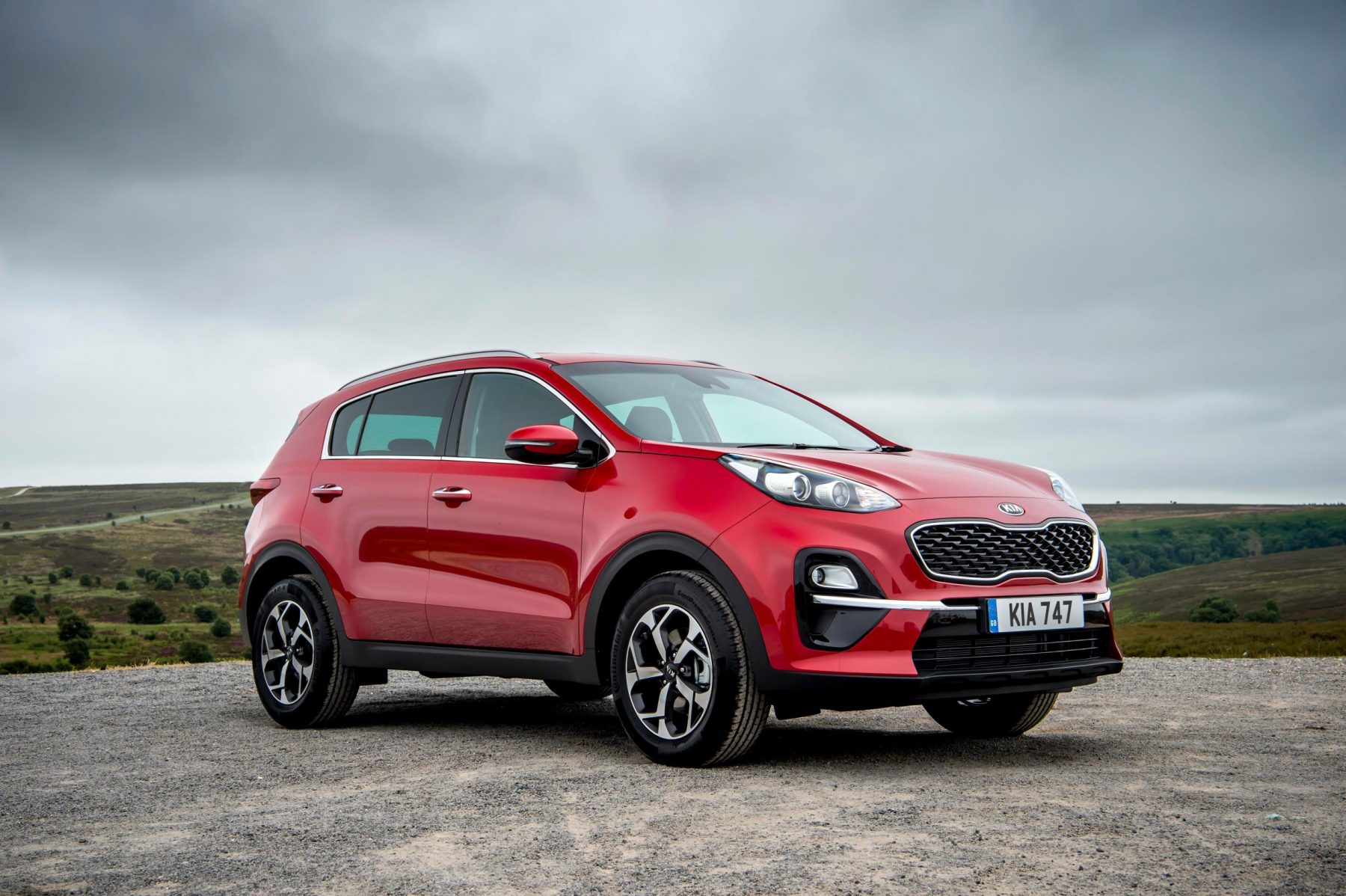
The SUV segment is big business, and Kia has made an absolute winner with the Sportage, which brings all of the big car features you could want into an affordable package without scrimping on quality. It’s recently had a small update, too, with a new mild-hybrid engine offered.
Tesla Model 3 – 4,718
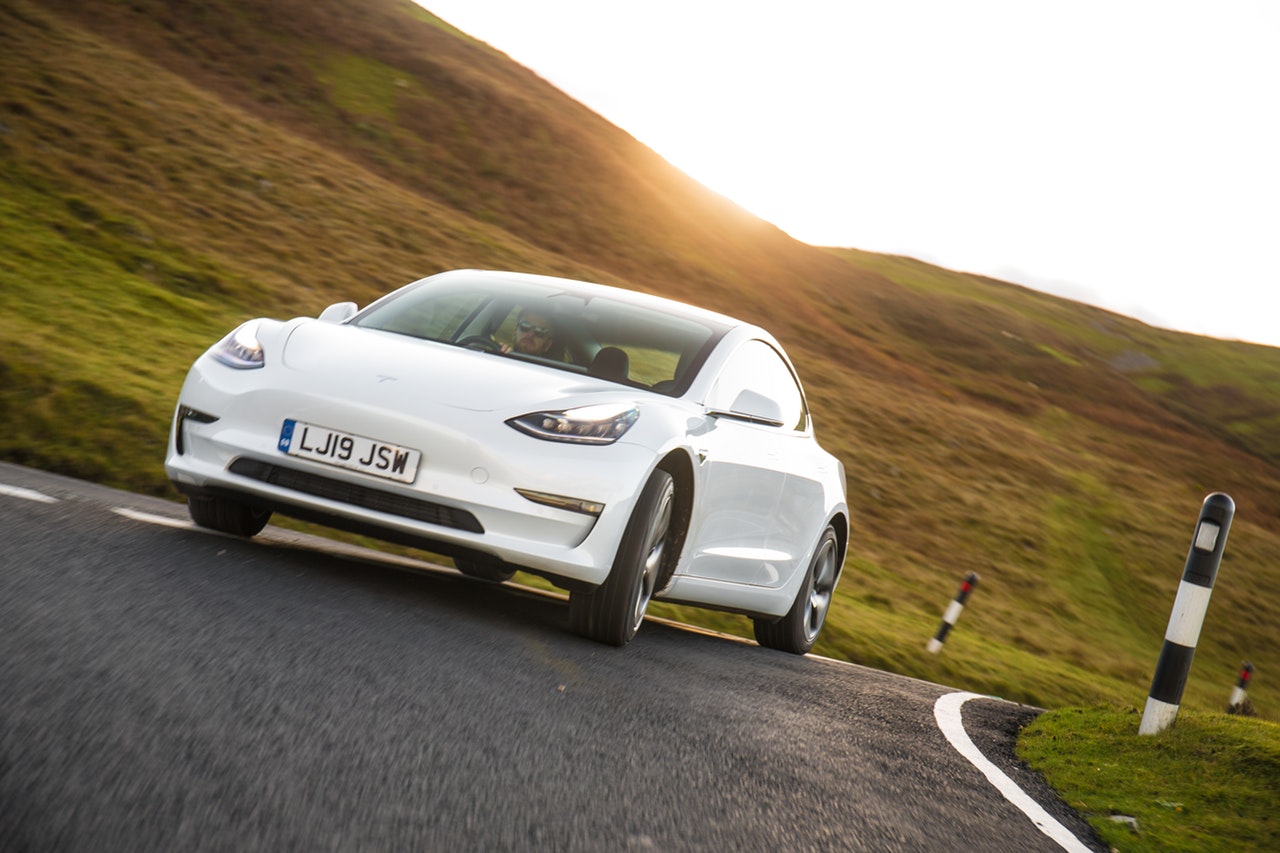
Tesla’s affordable electric car for the people has proved its place on the best-sellers list was not just a flash in the pan. Falling under ‘other’ in the sales charts because Tesla doesn’t officially reveal its data, the Model 3 is hugely appealing to EV buyers because even in its ‘basic’ £40k form it’s fast and full of tech, with tonnes of brand appeal. Tesla’s ‘no dealership’, online-first buying process arguably made it more resistant to shutdowns, too.
Range Rover Evoque – 4,399

Another car that’s seen an update fairly recently, the Evoque proves premium SUVs don’t have to be the preserve of the rich elite. With smart styling and a fancy interior, it’s easy to see why British buyers are queuing up to support this British brand’s best-seller.



